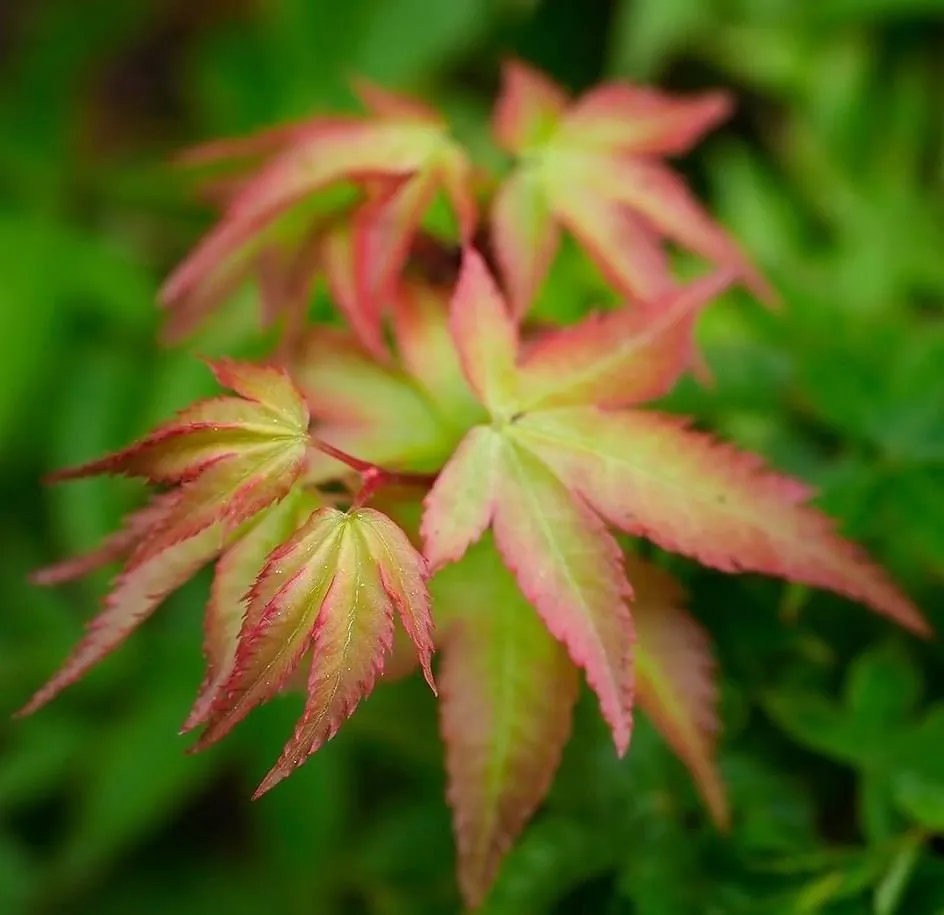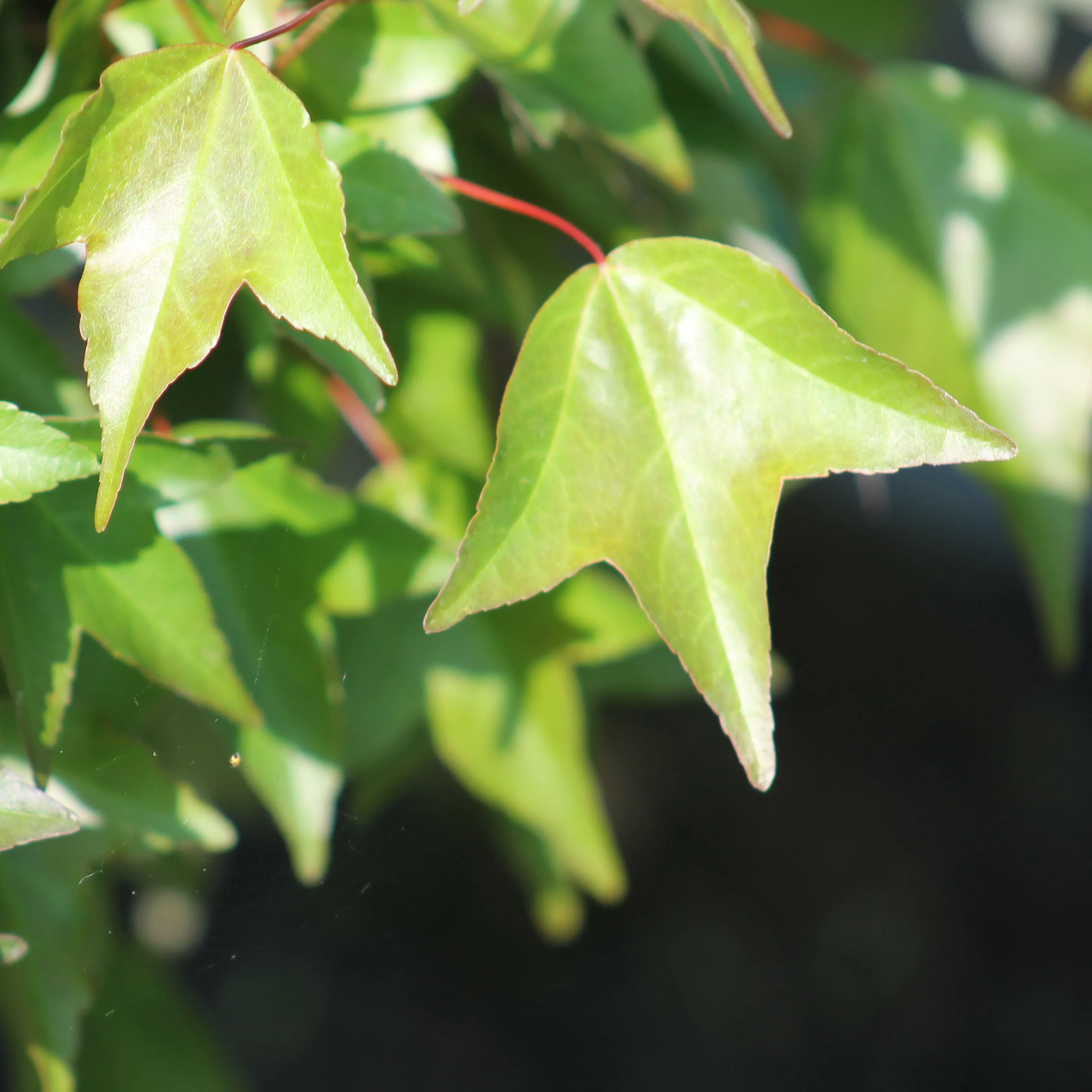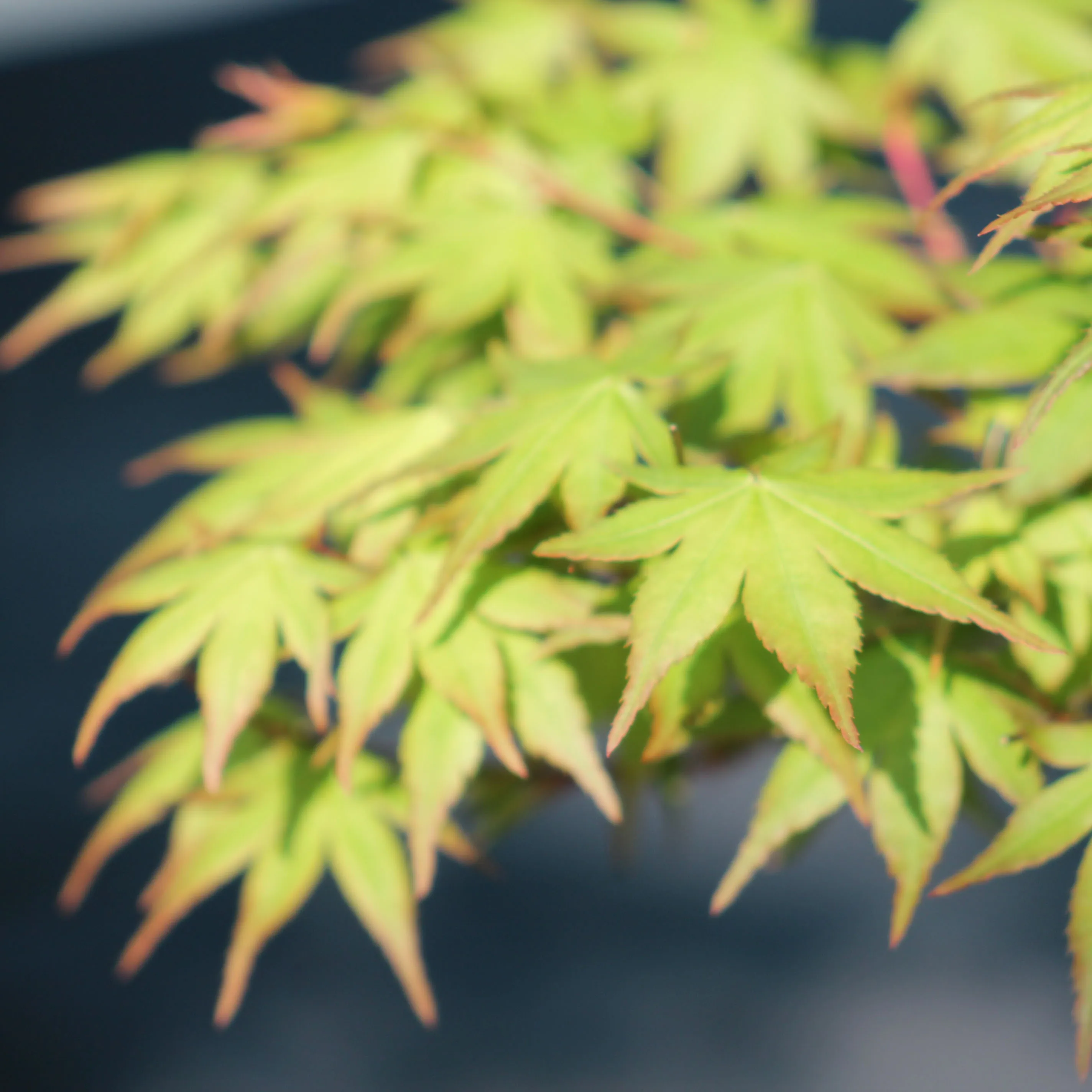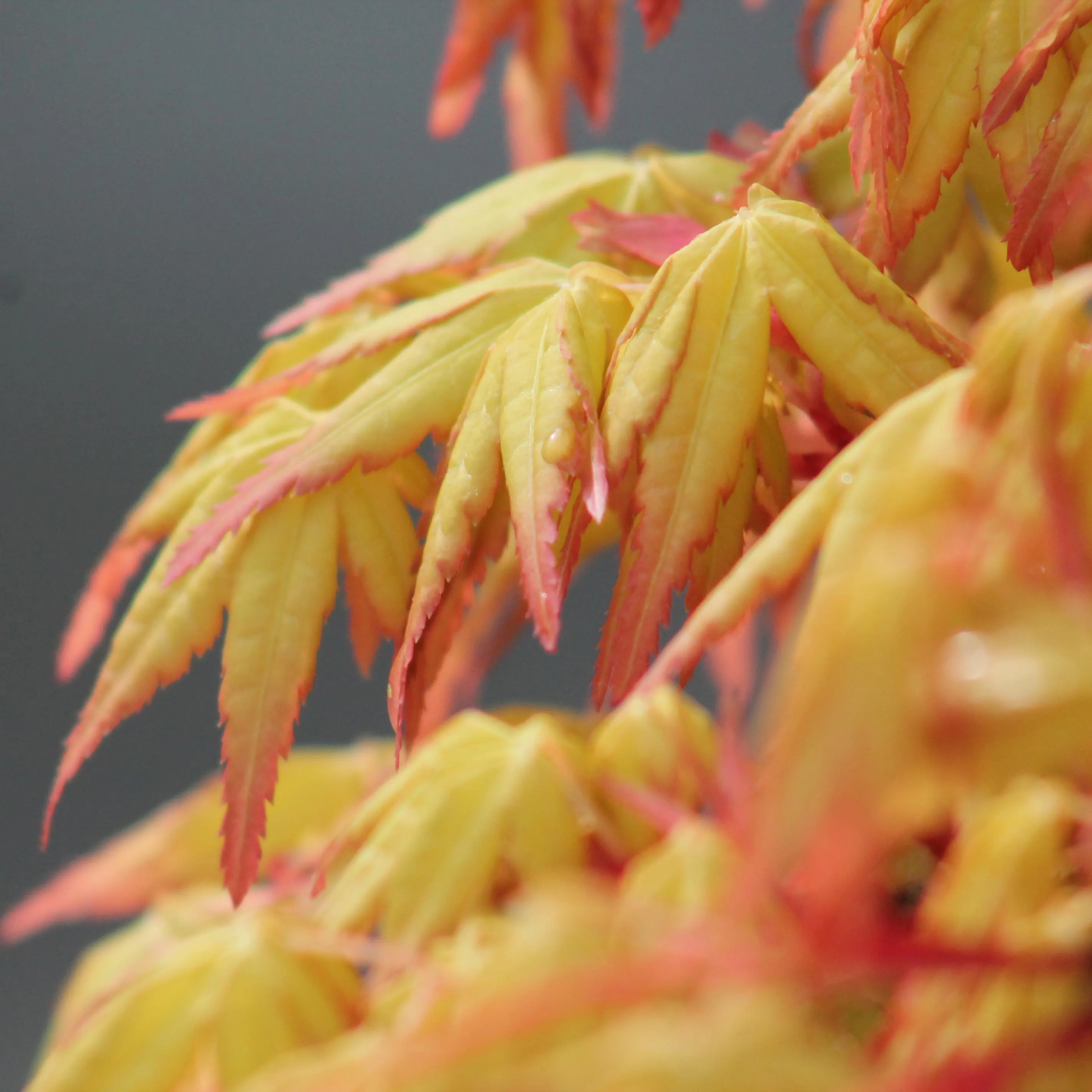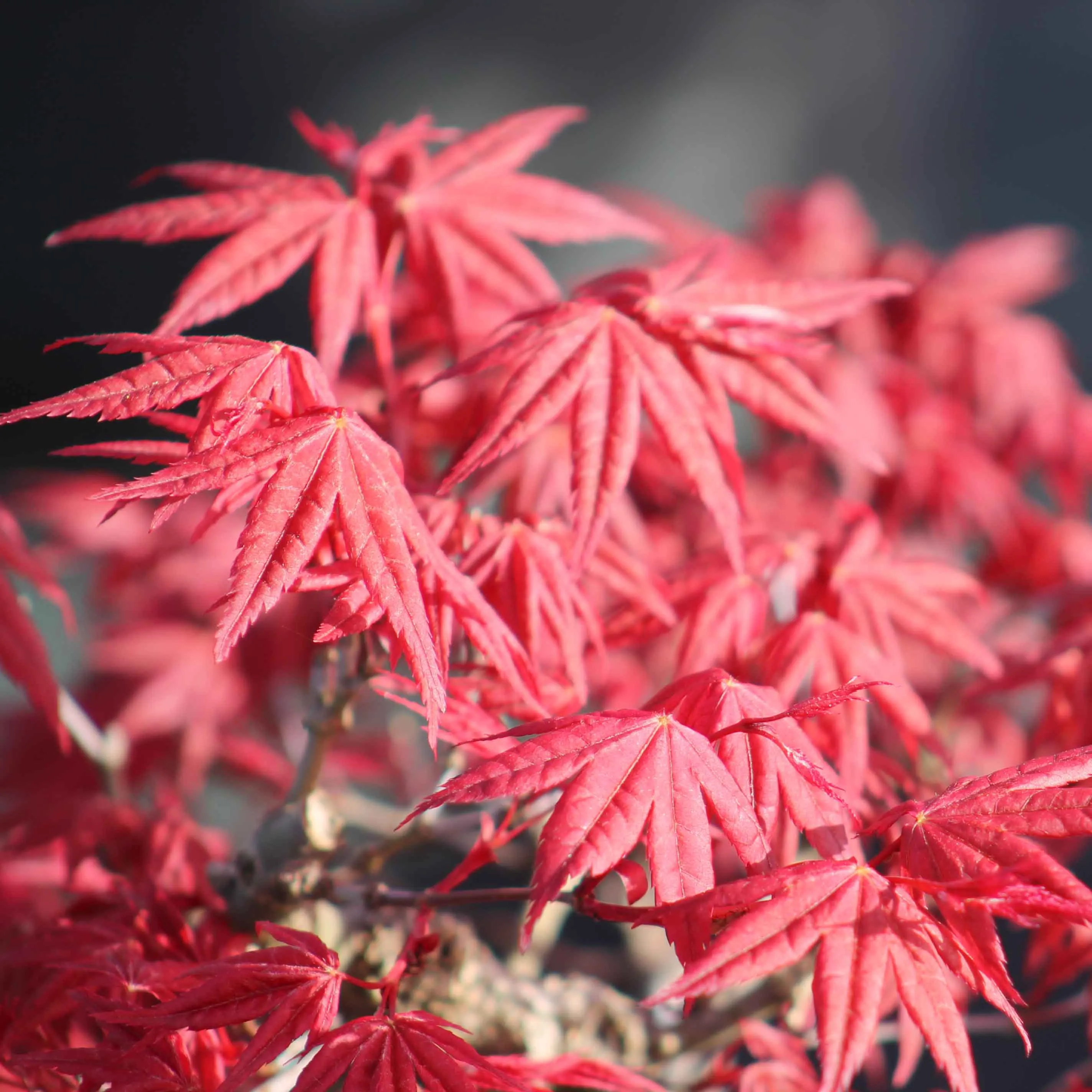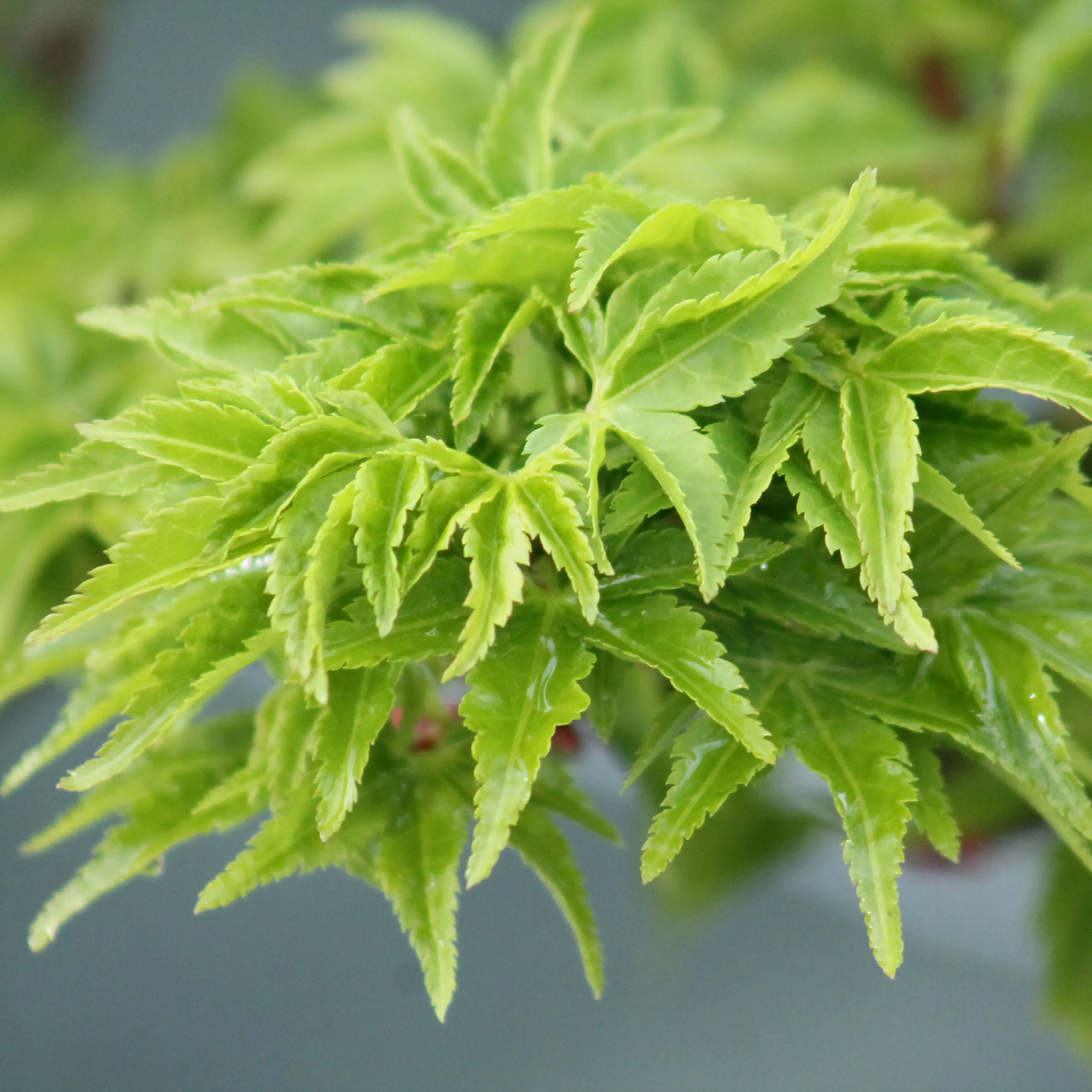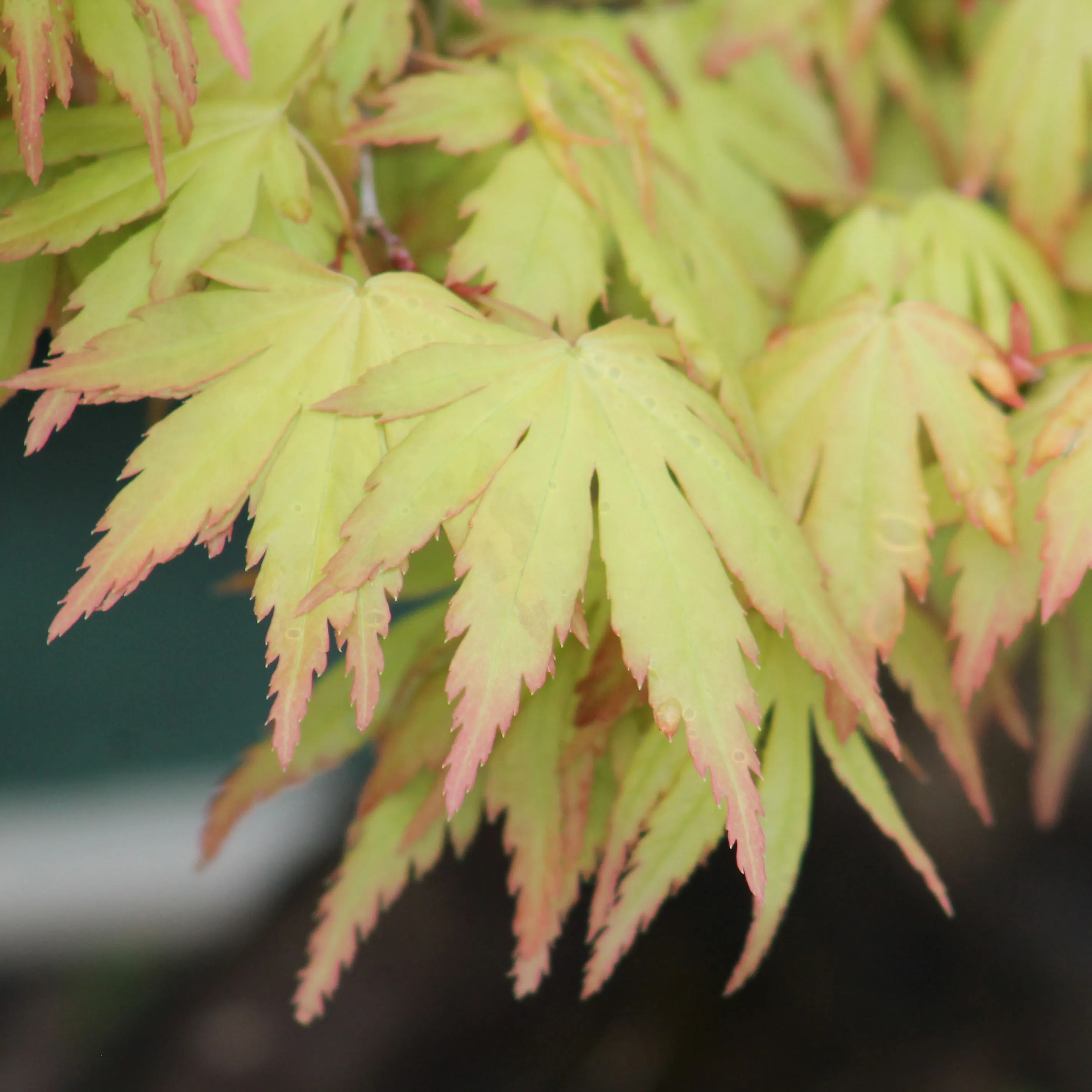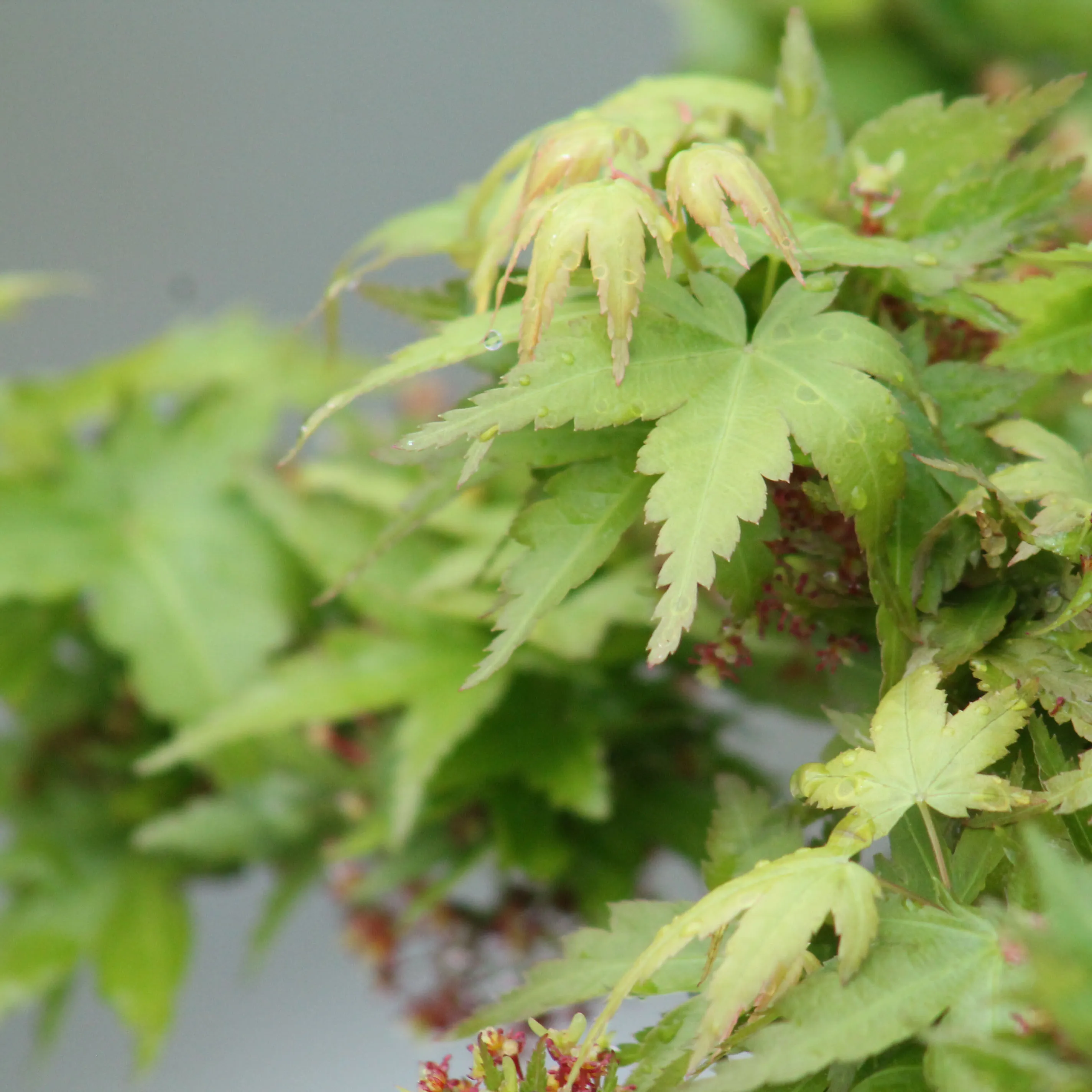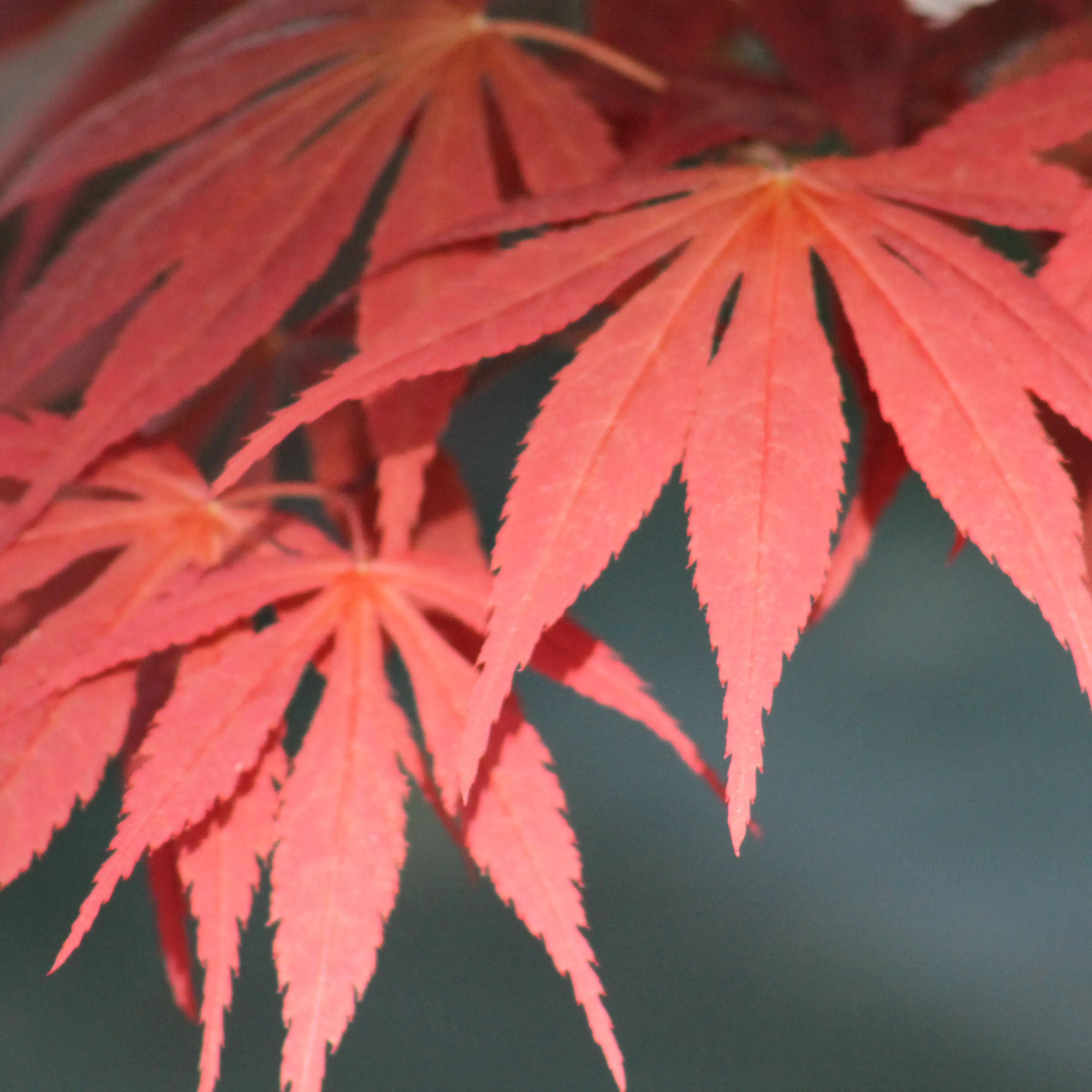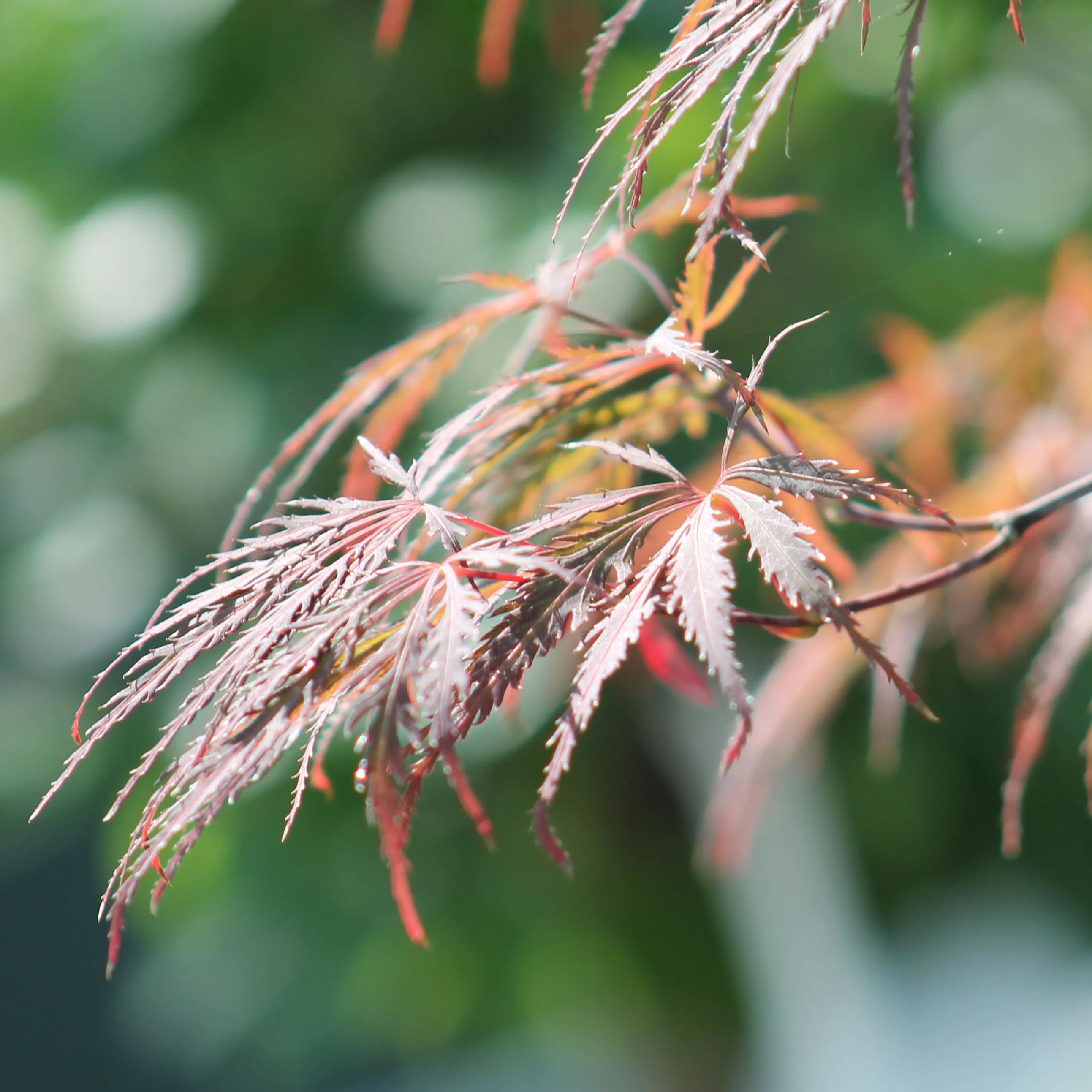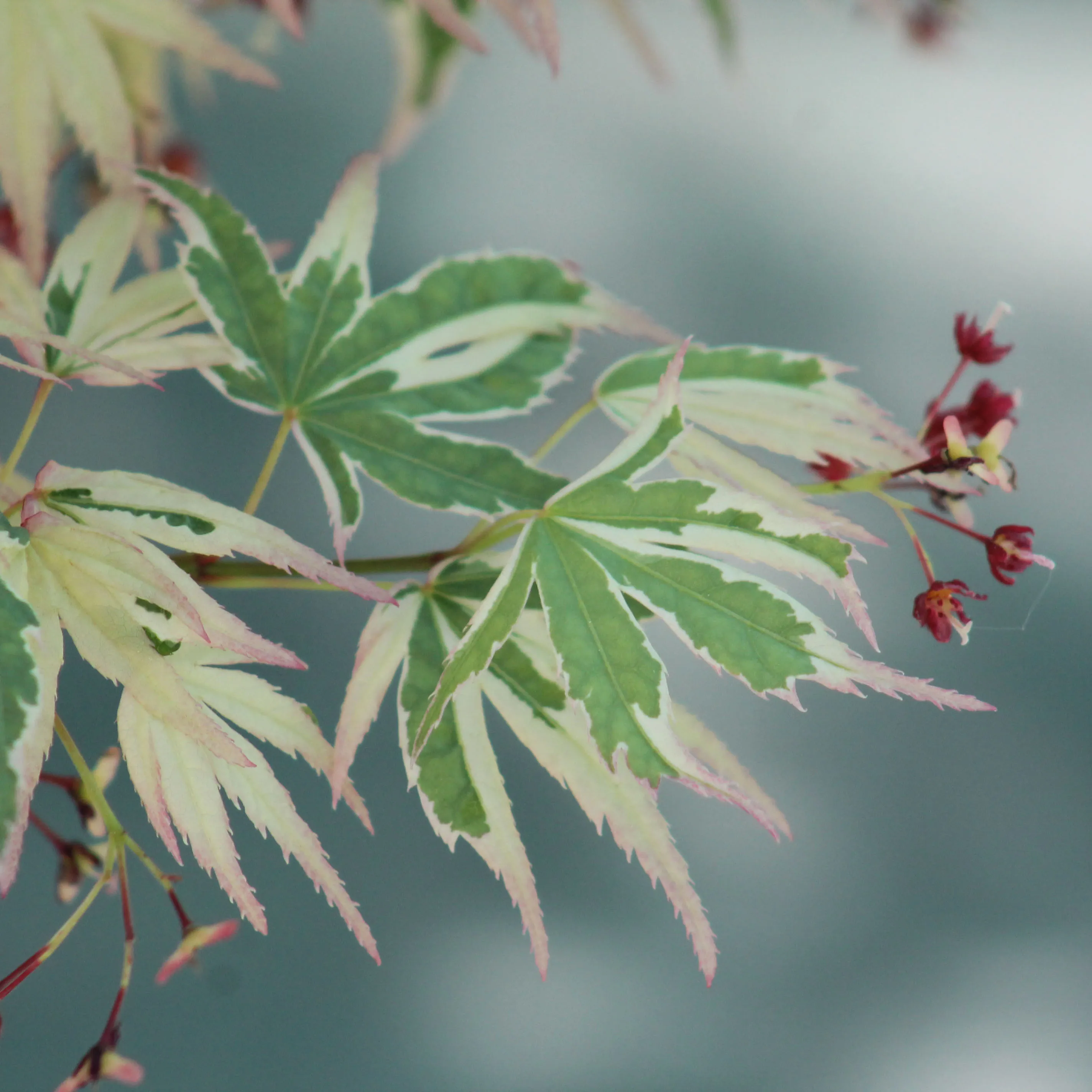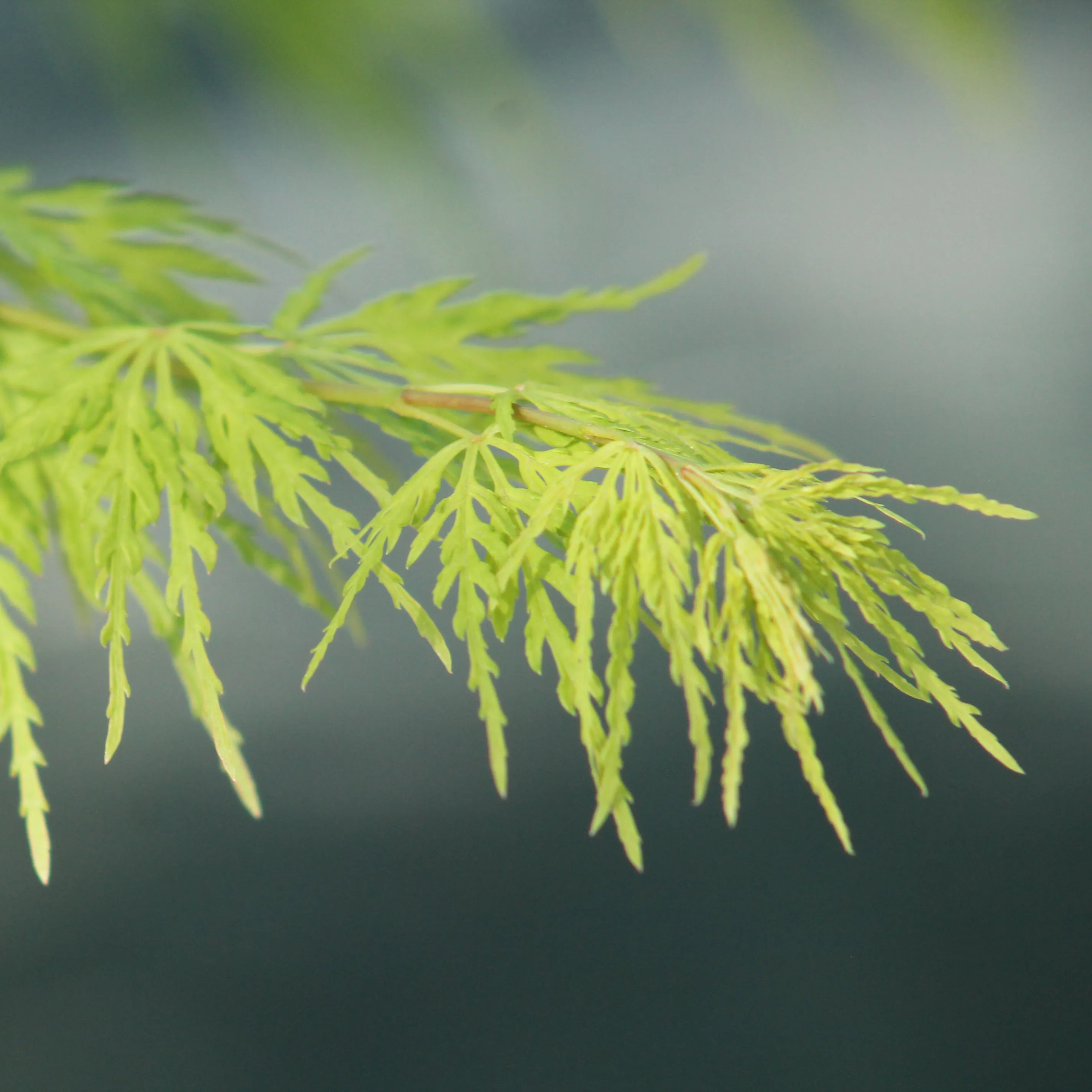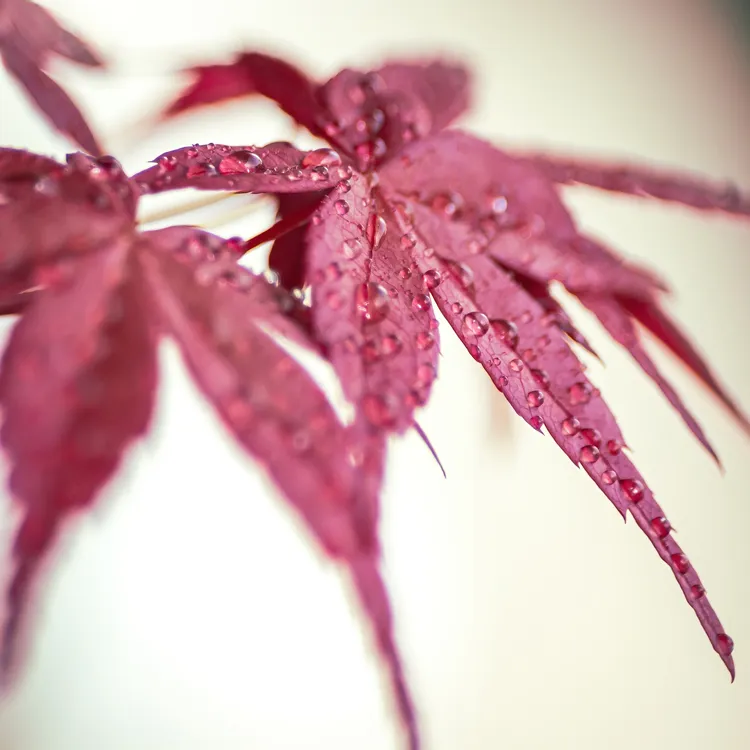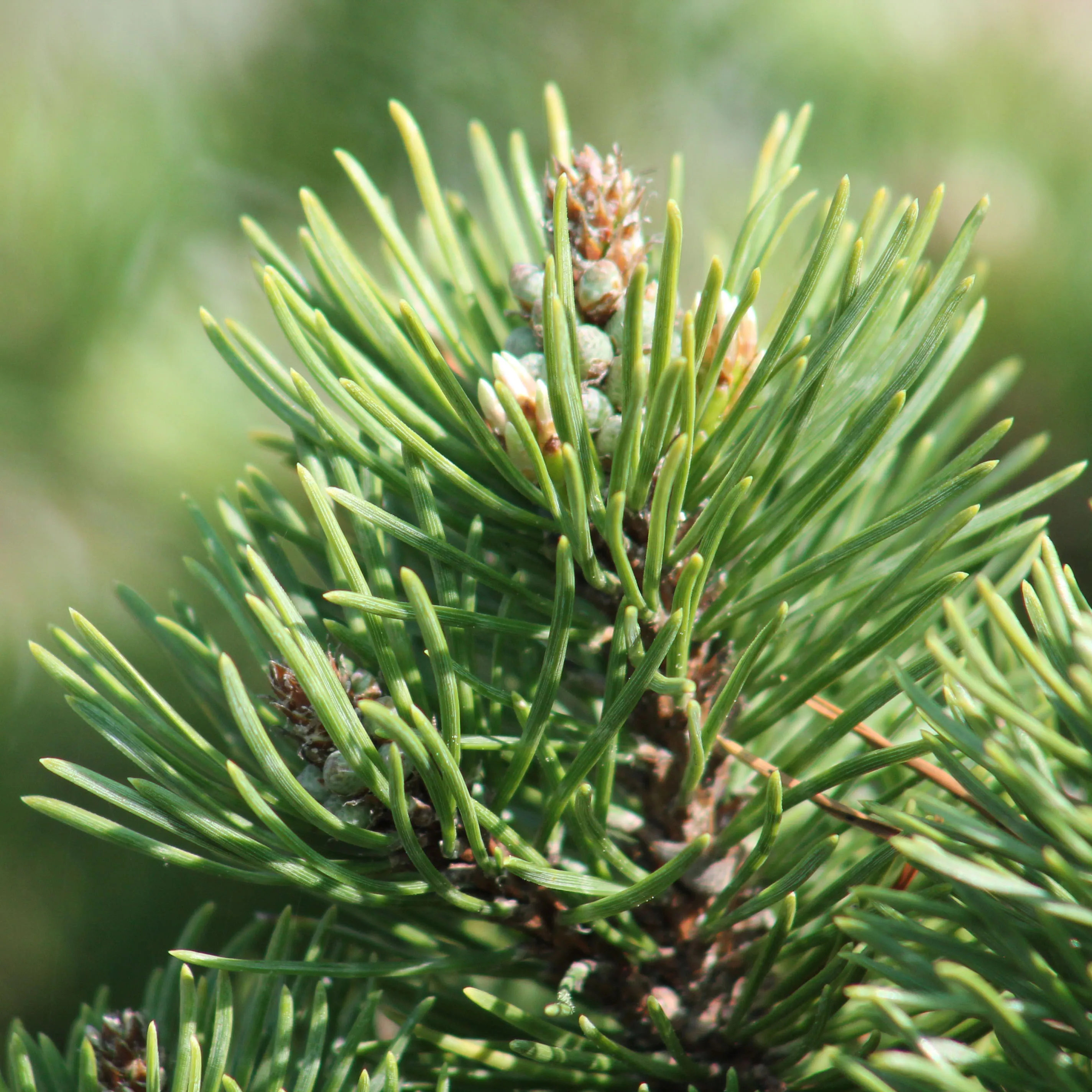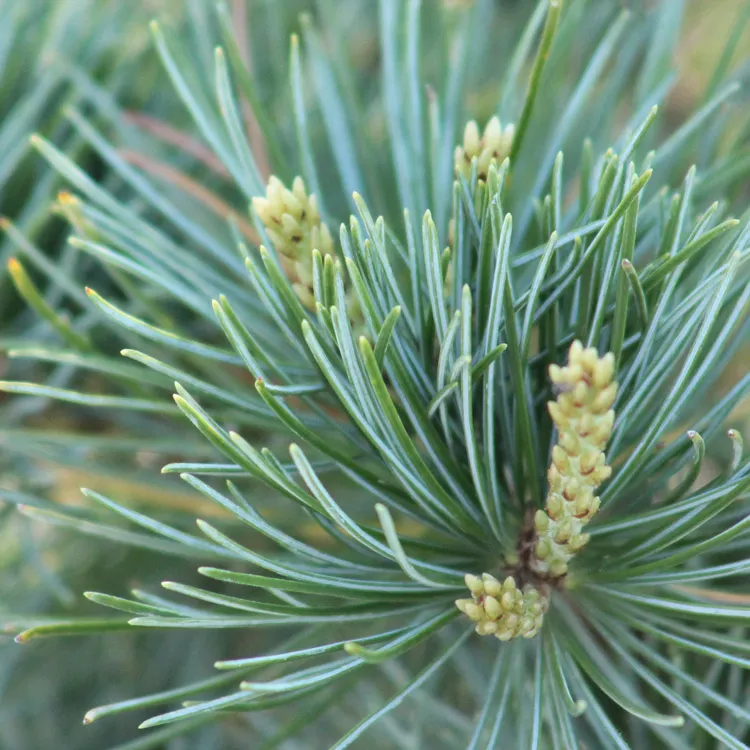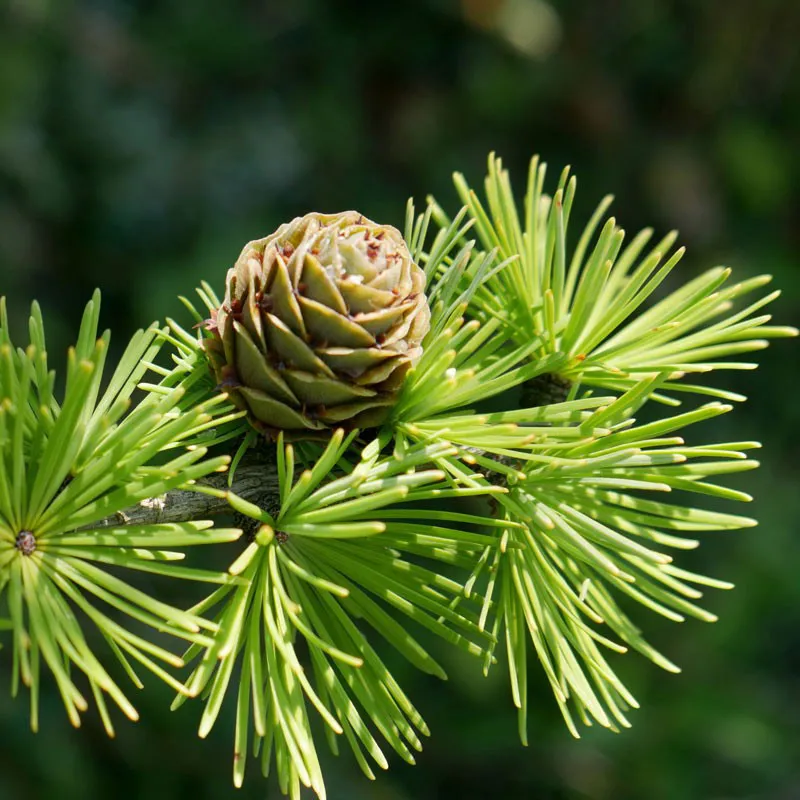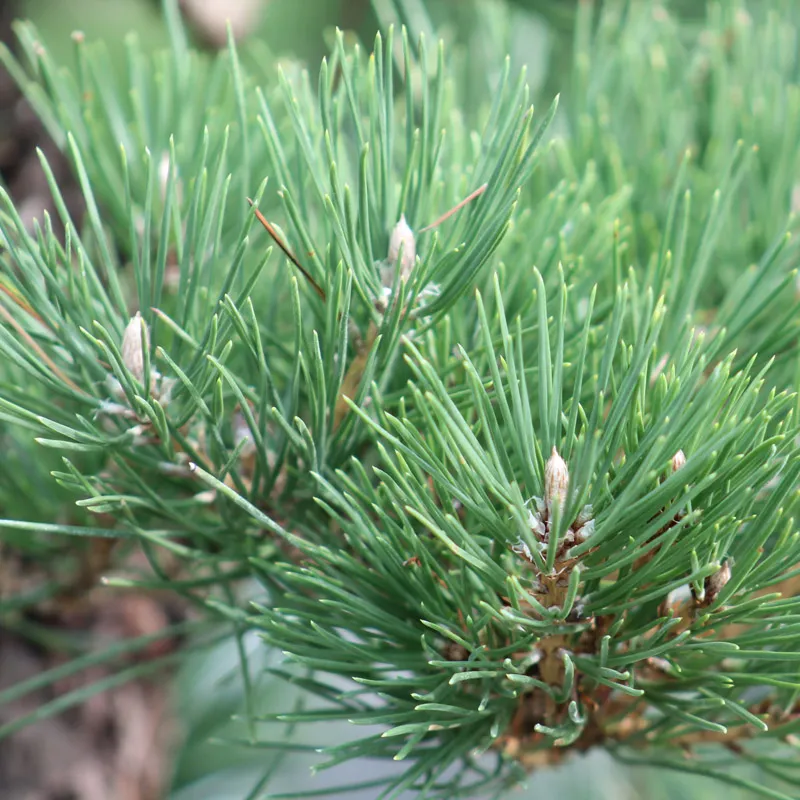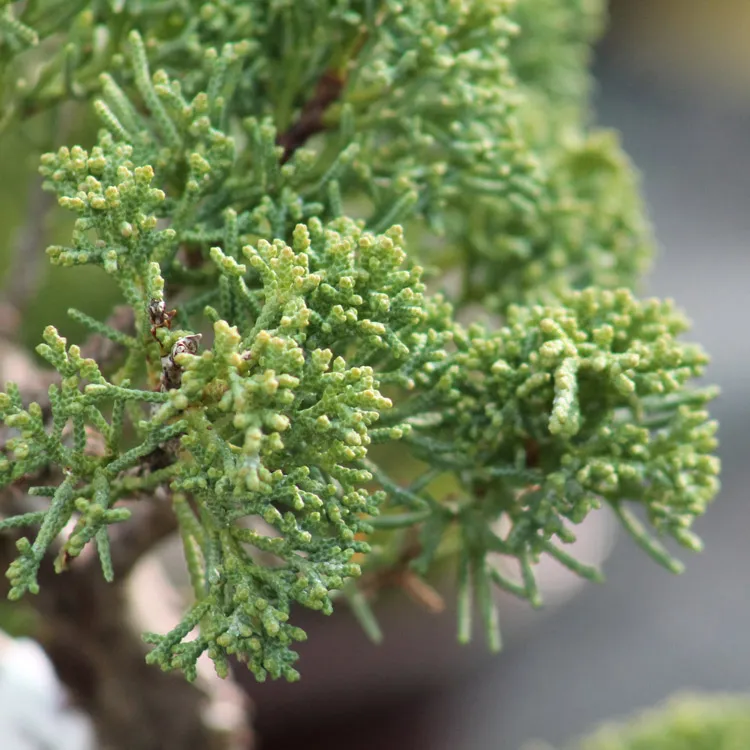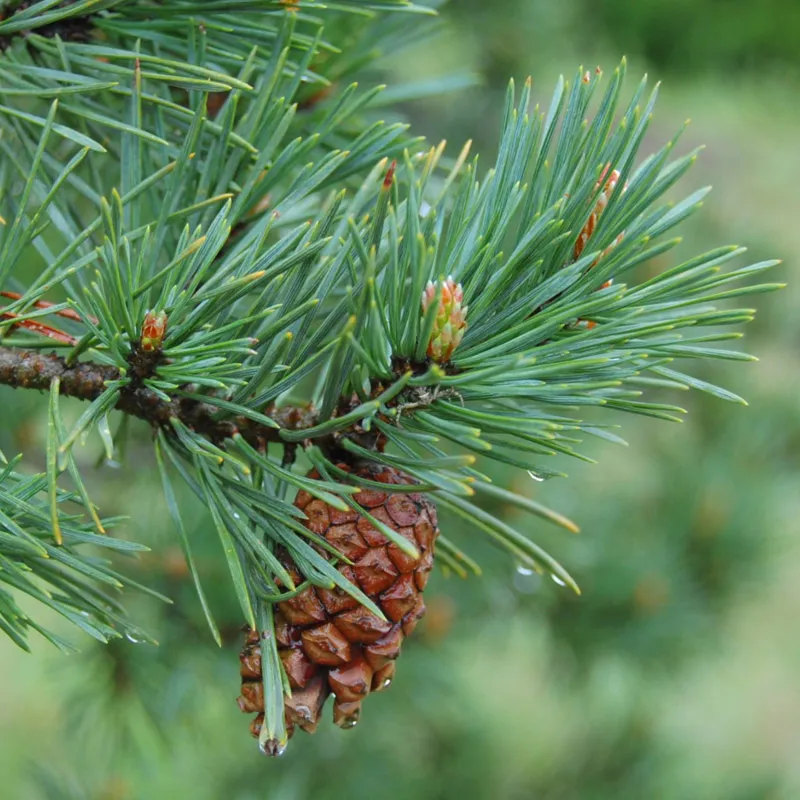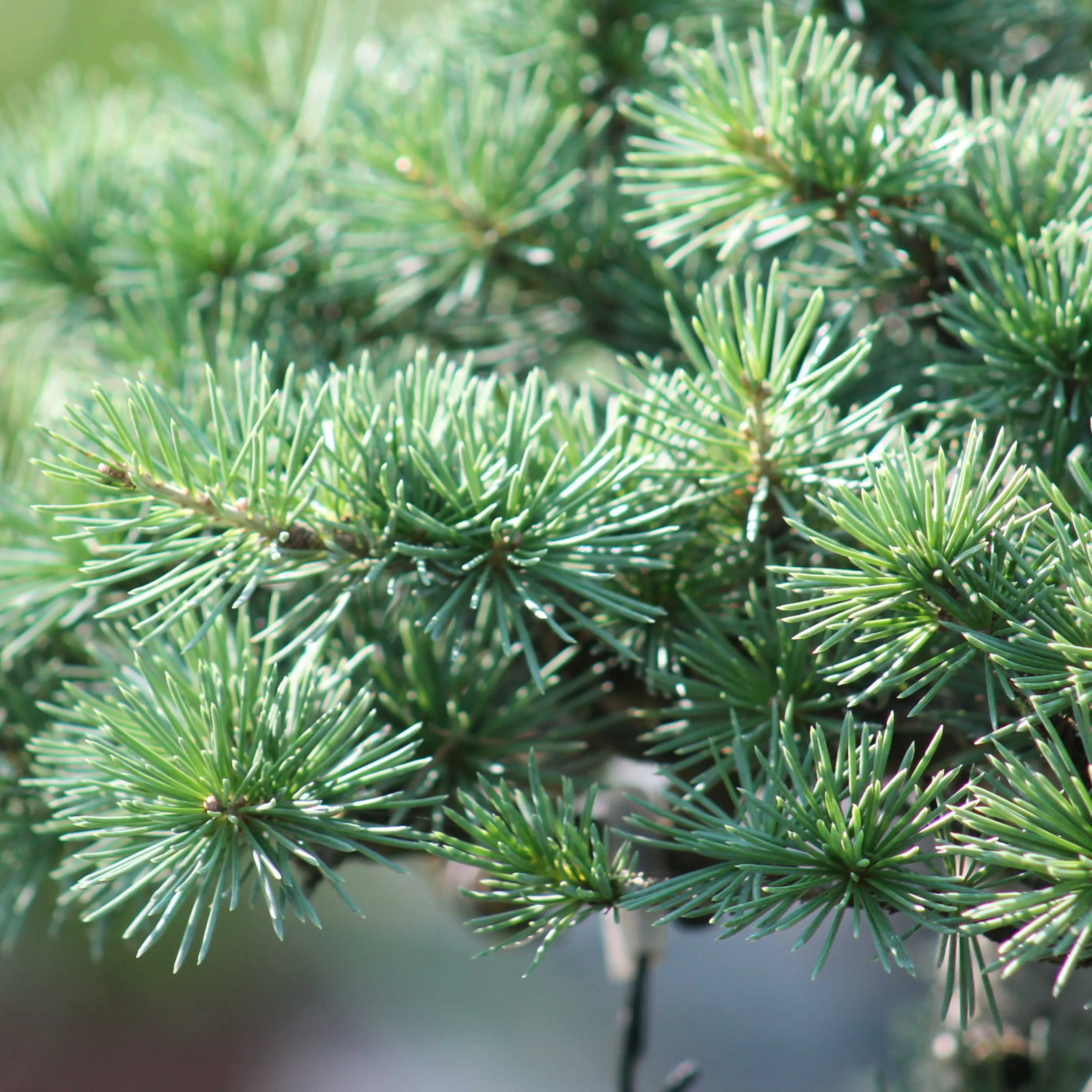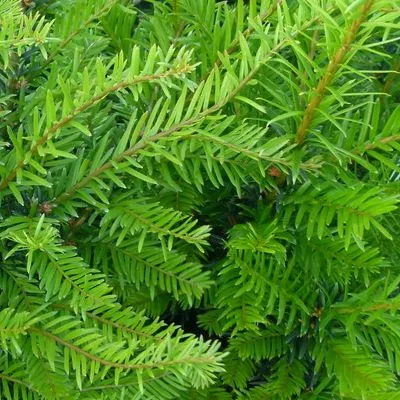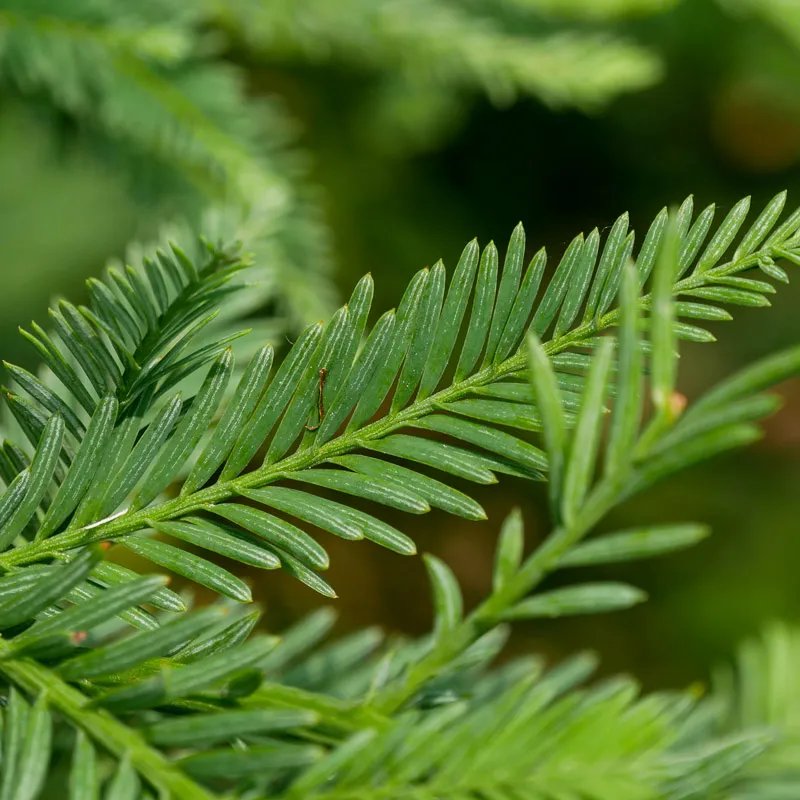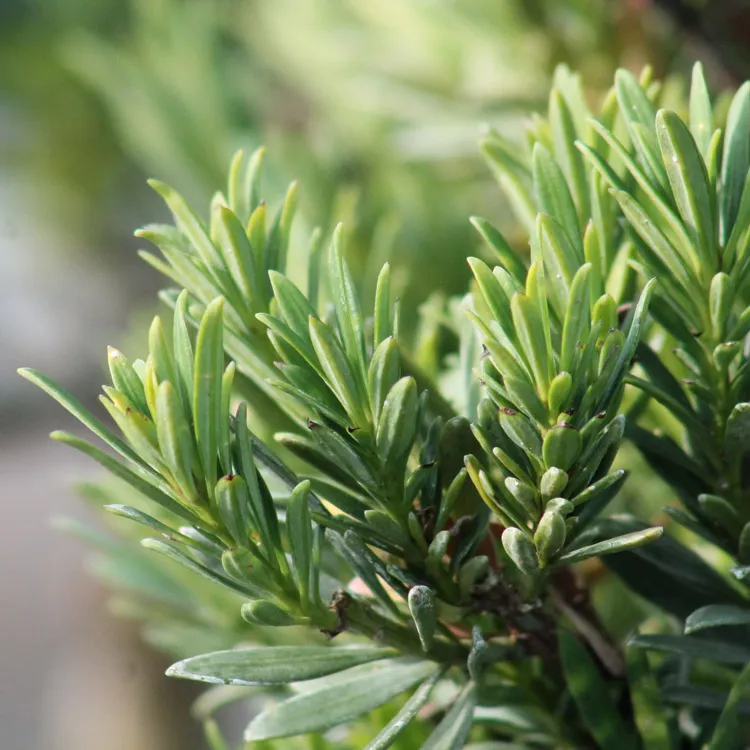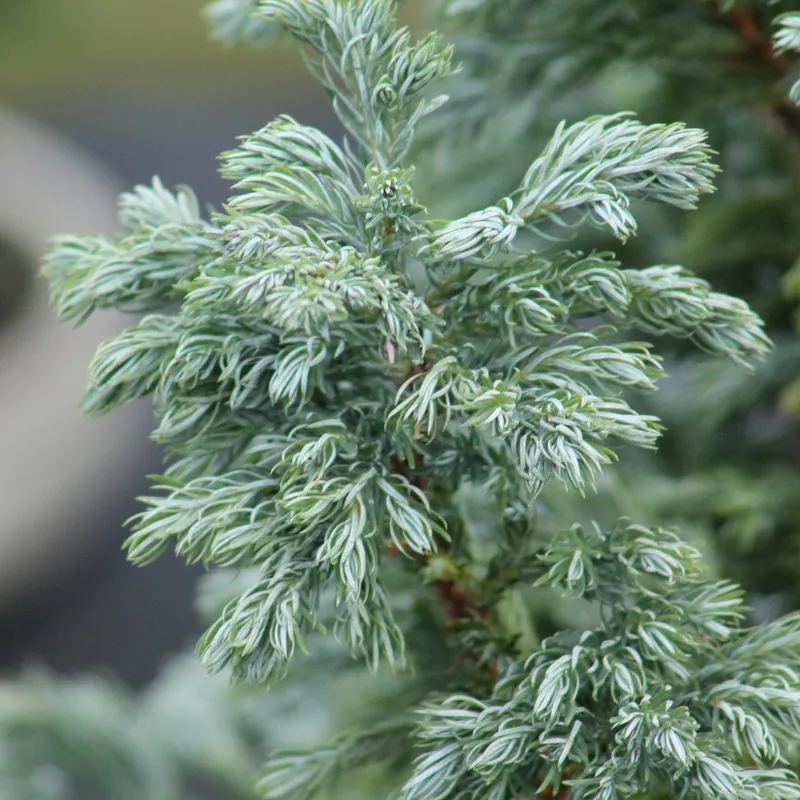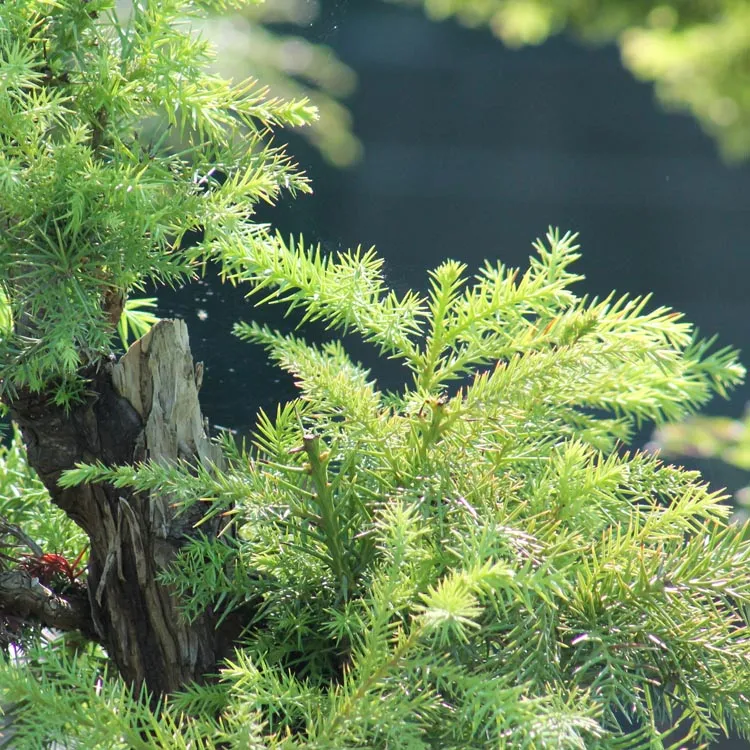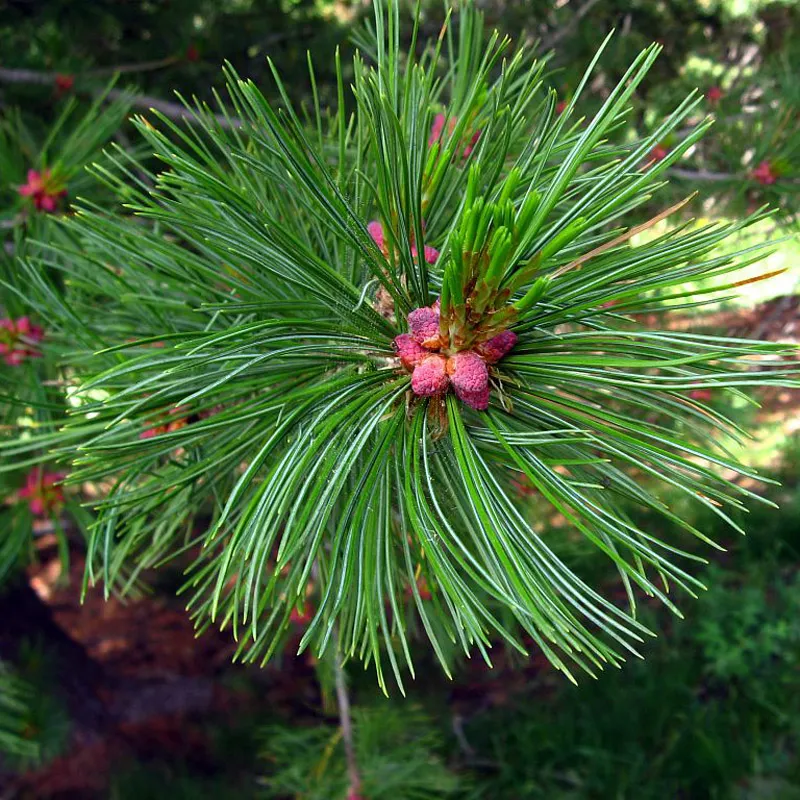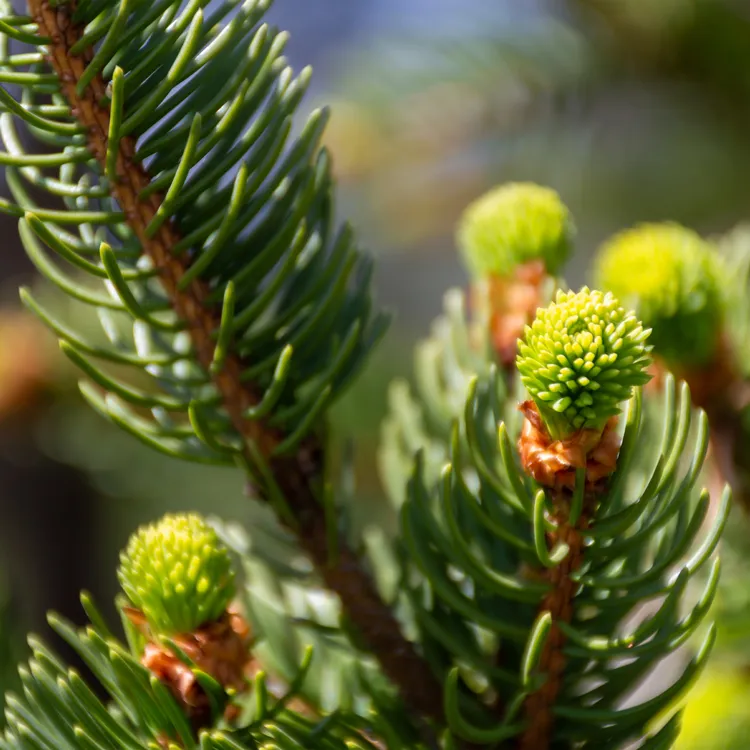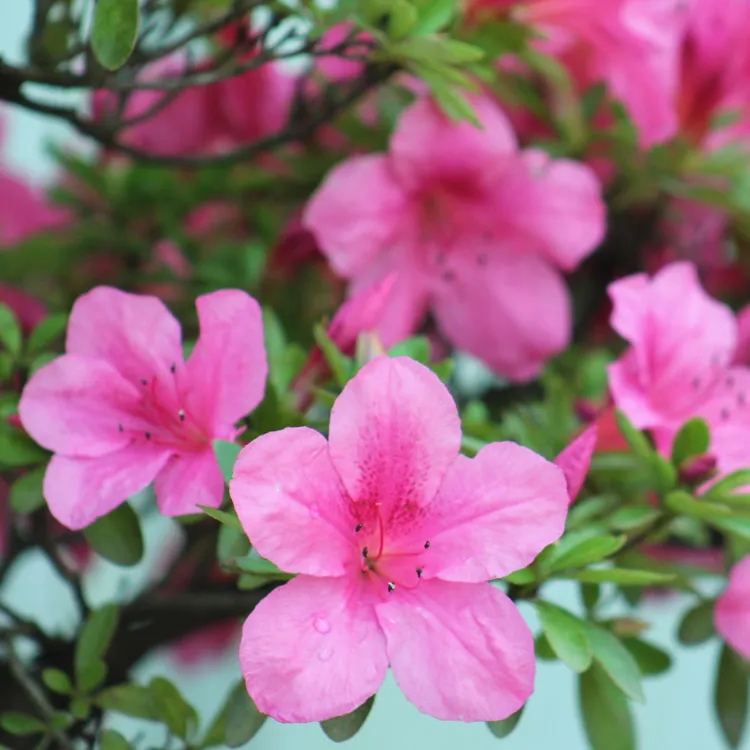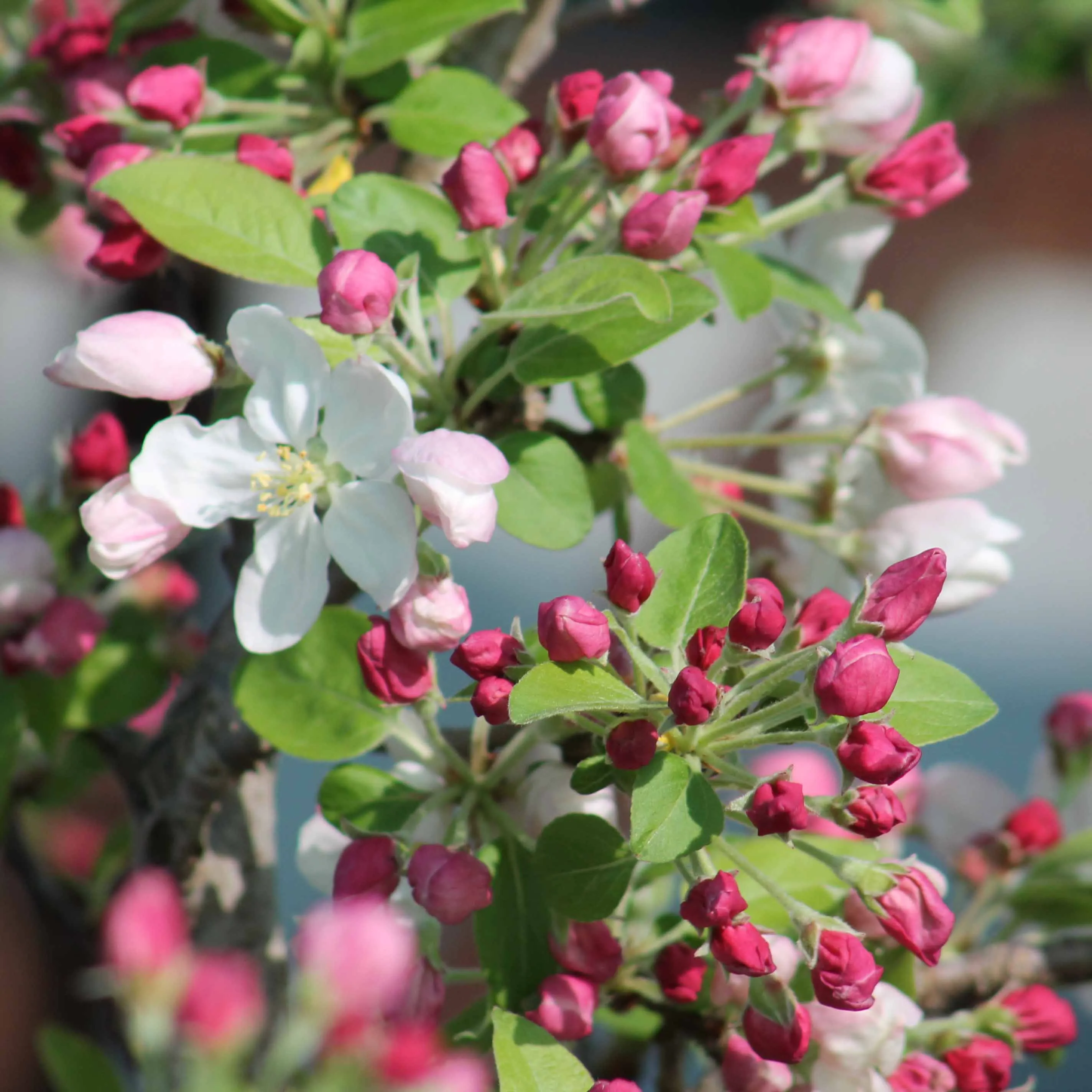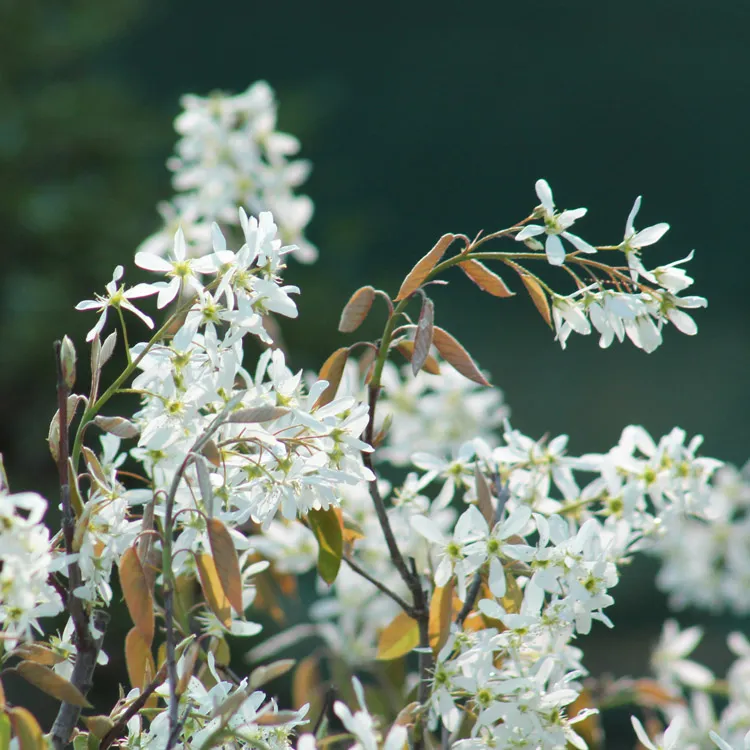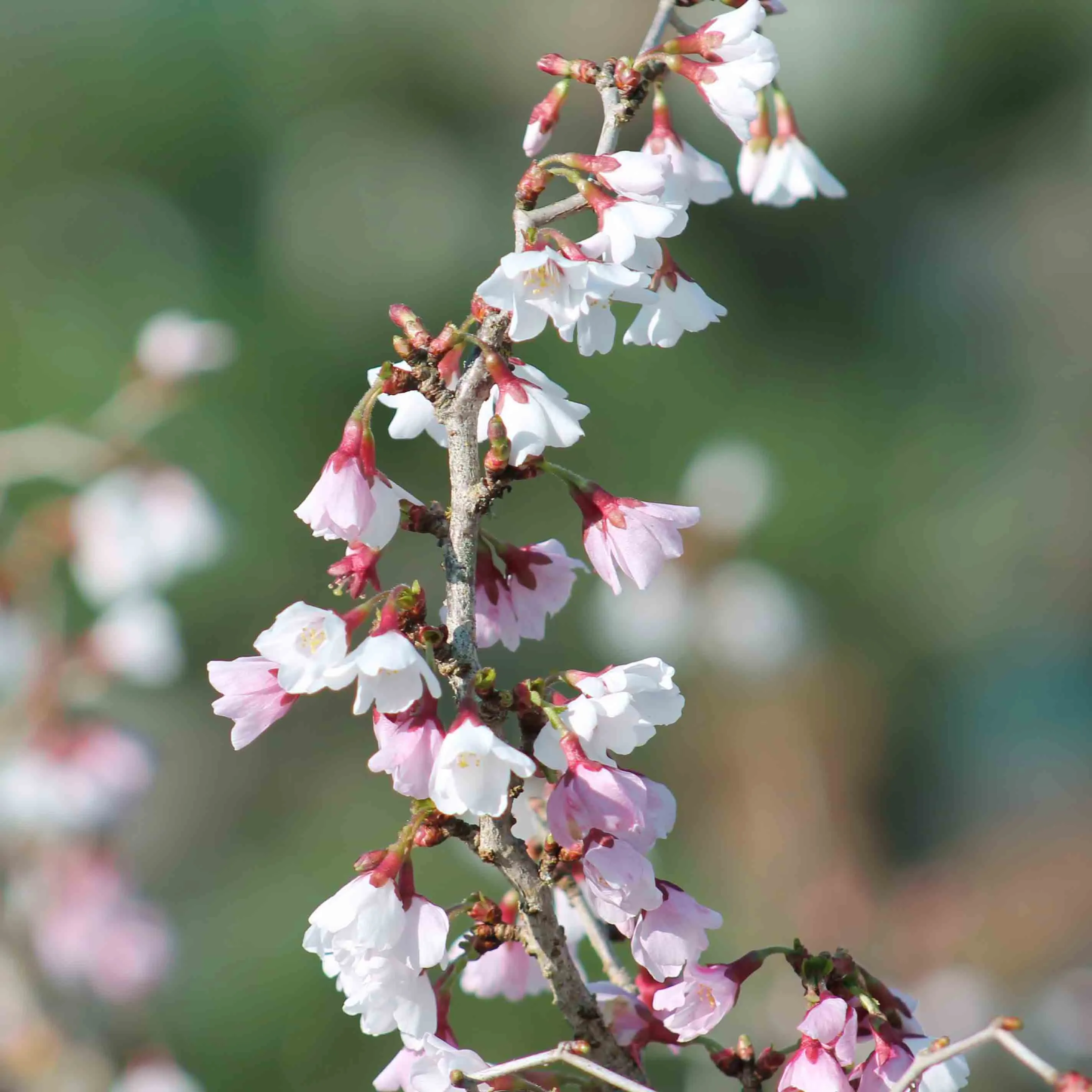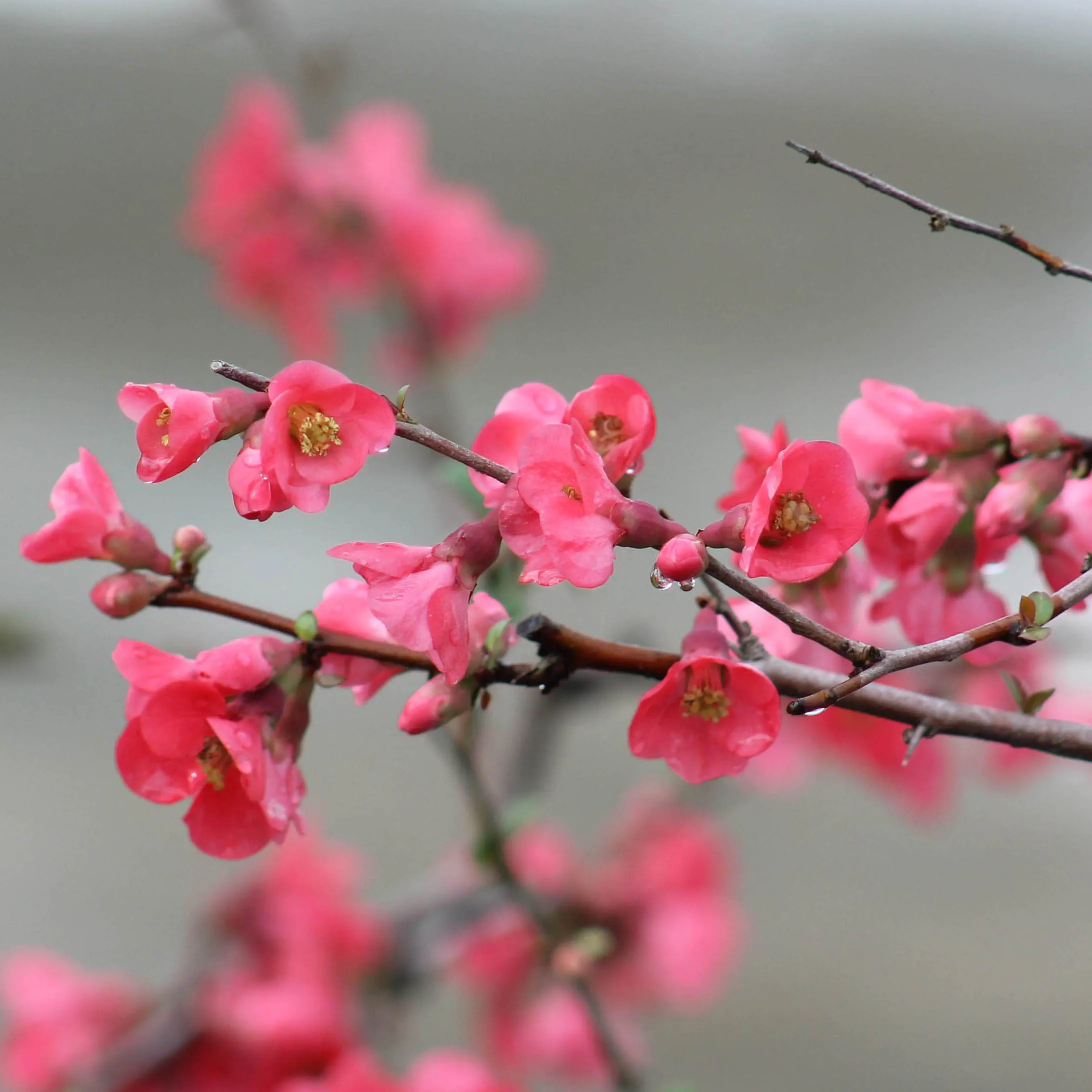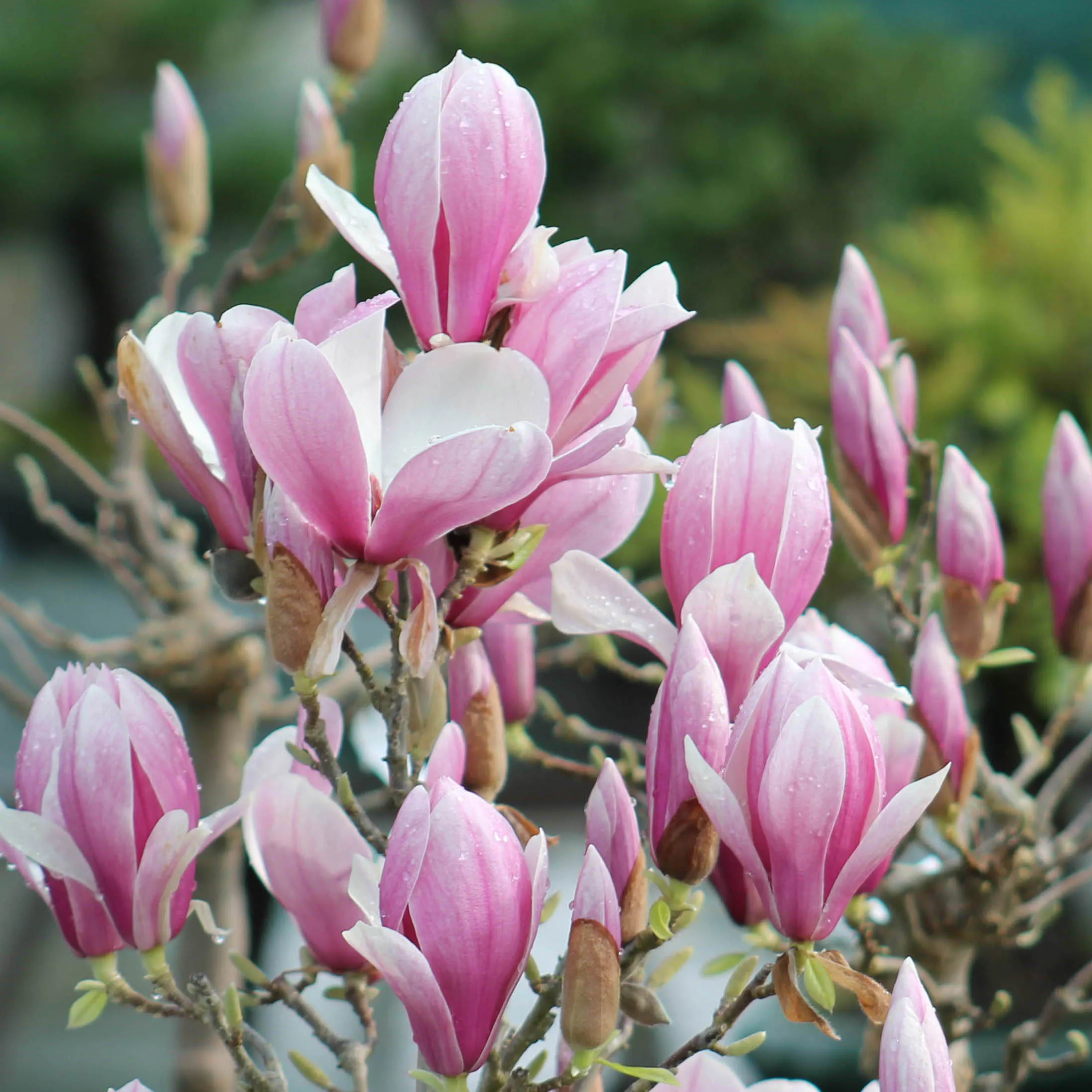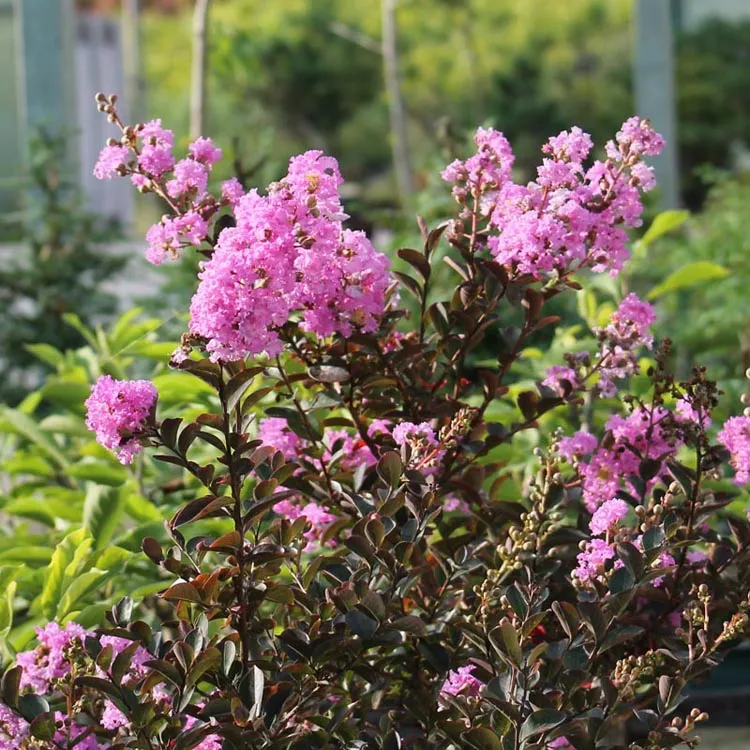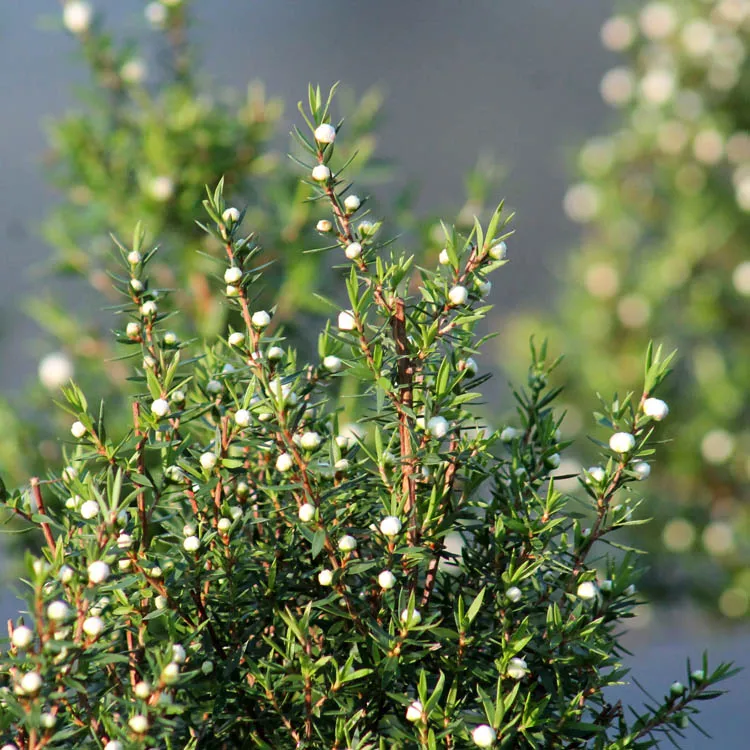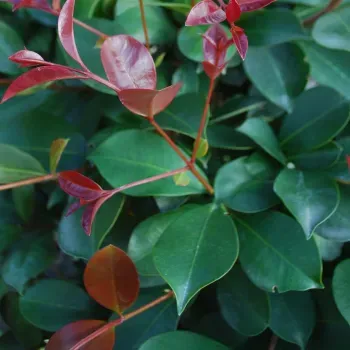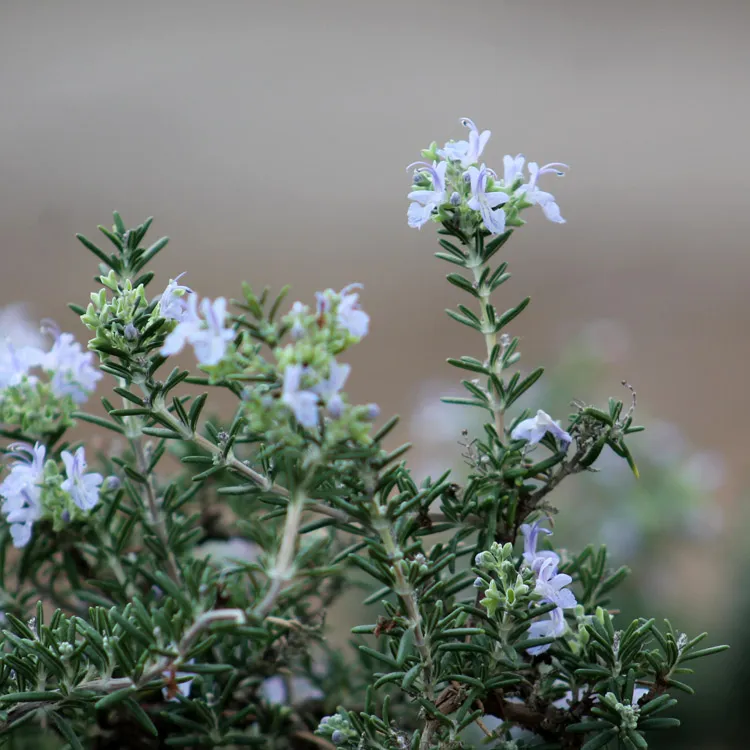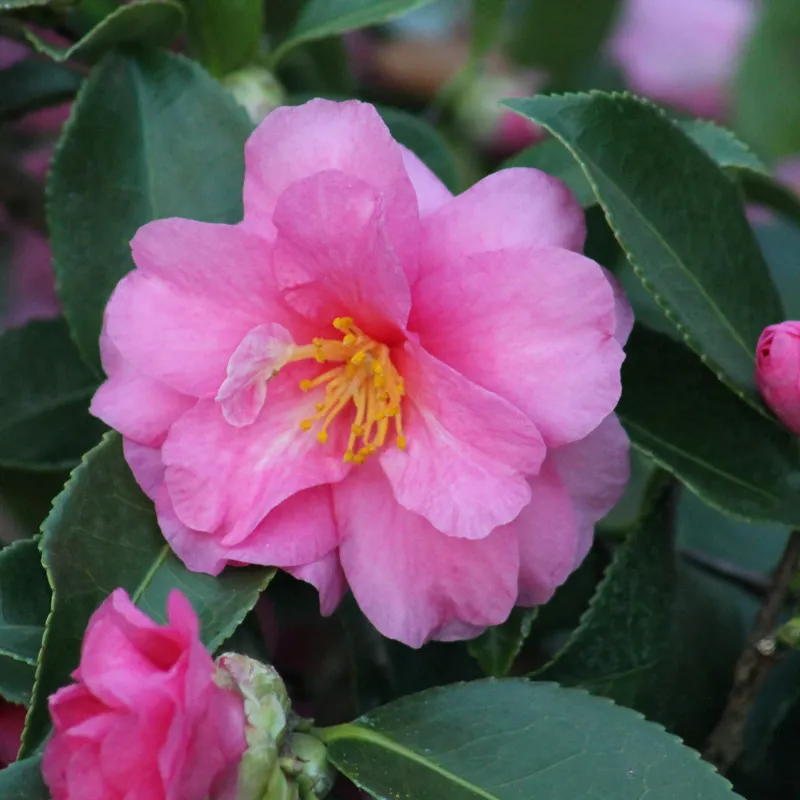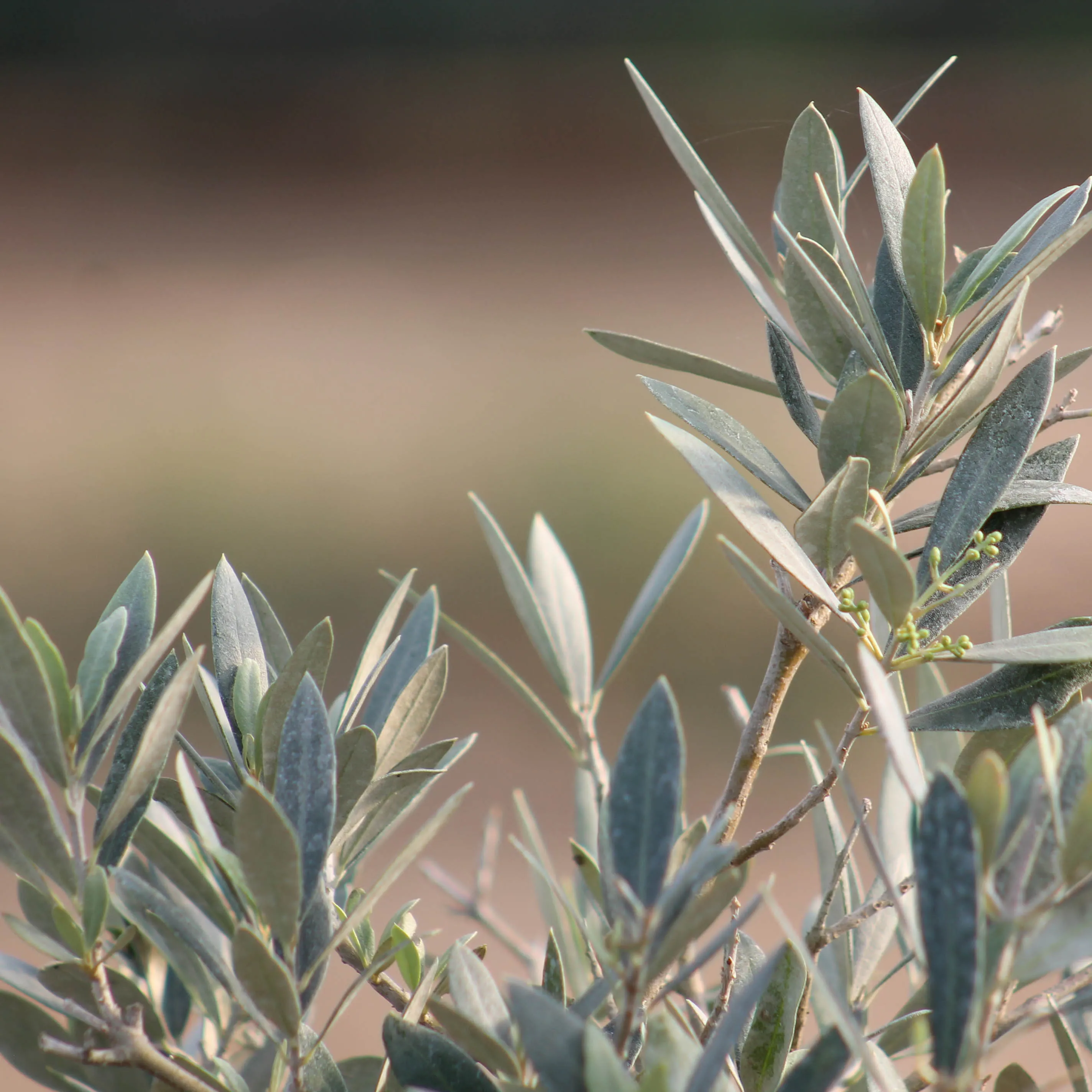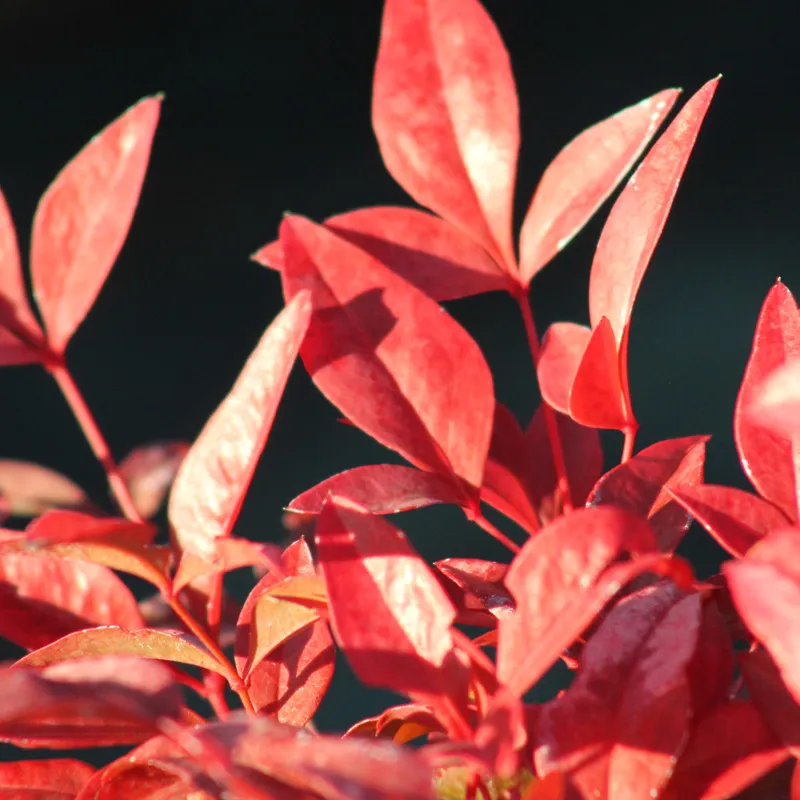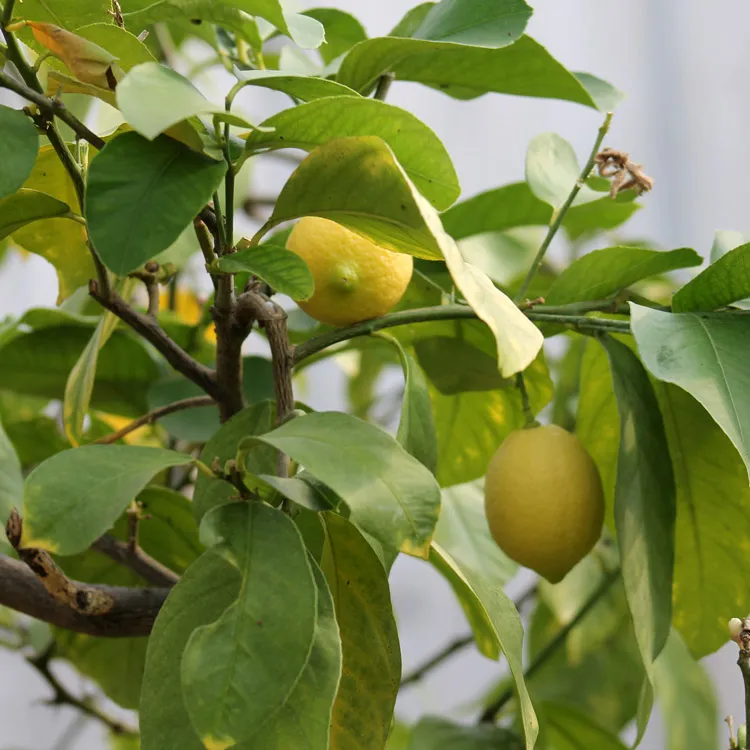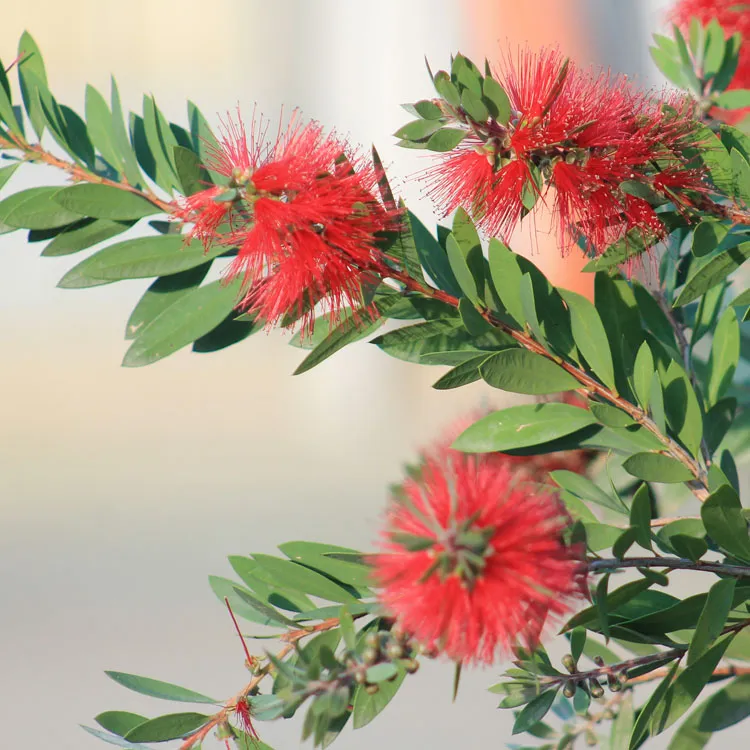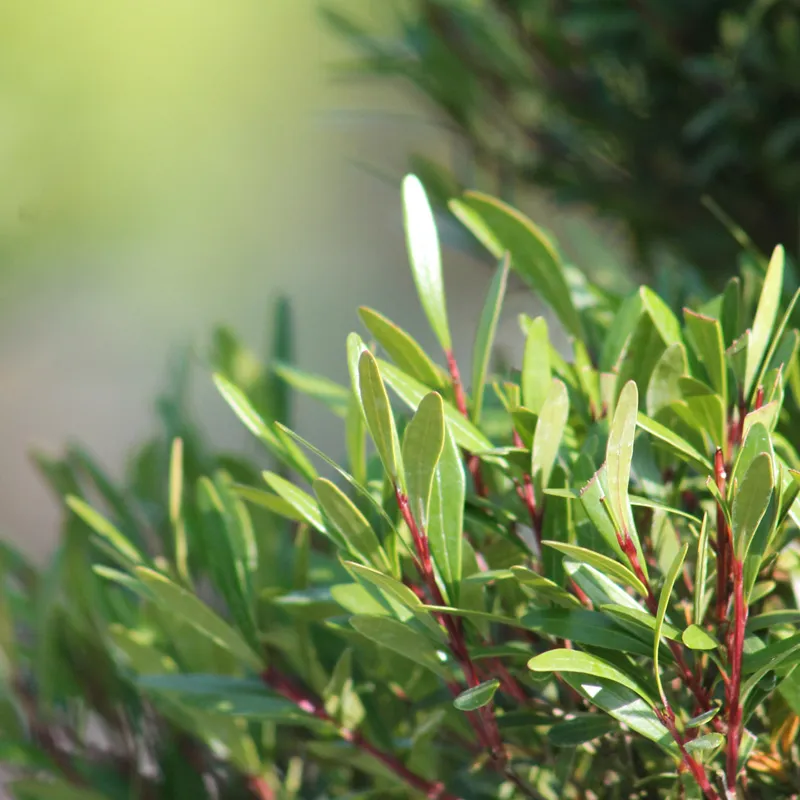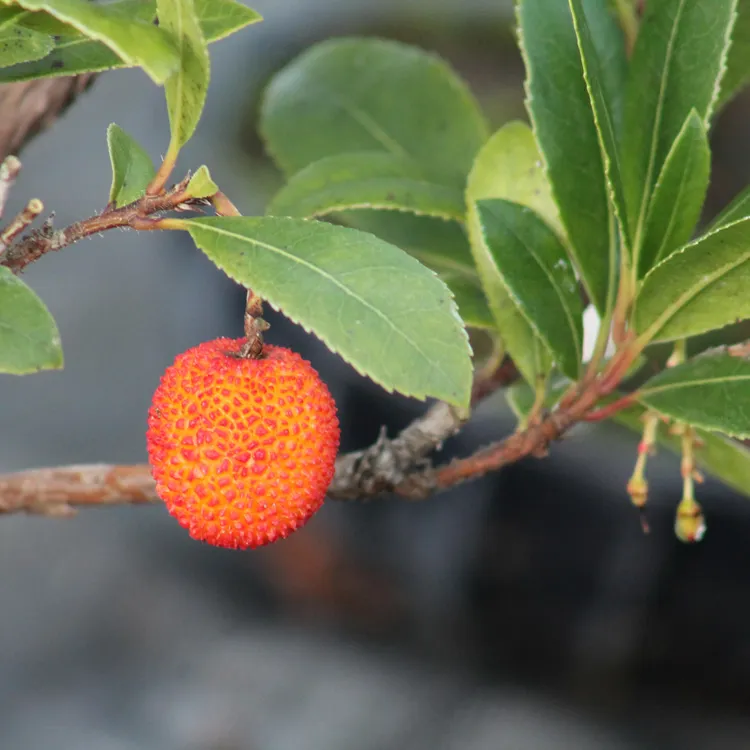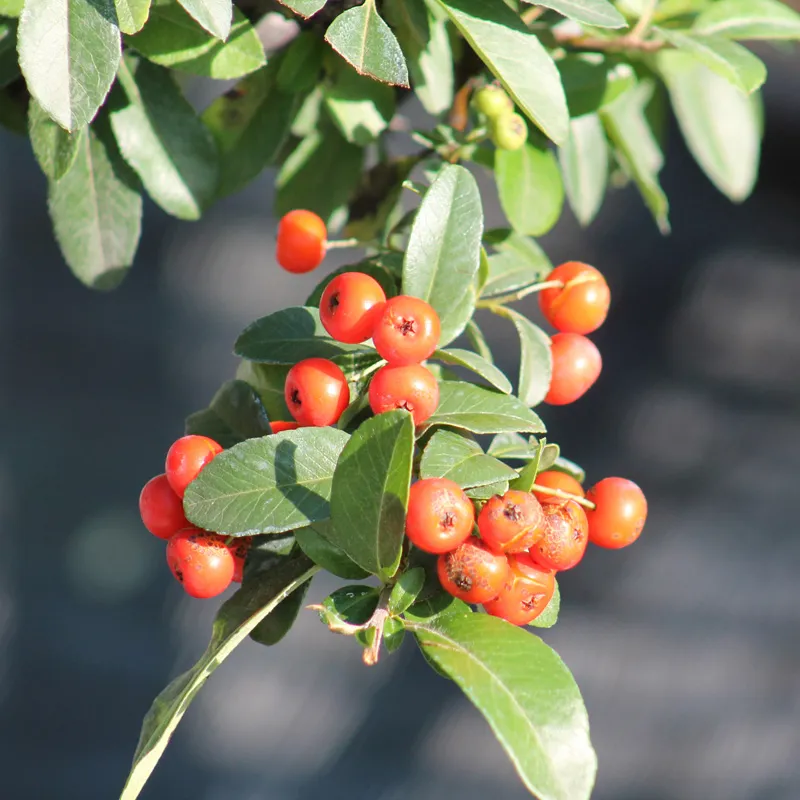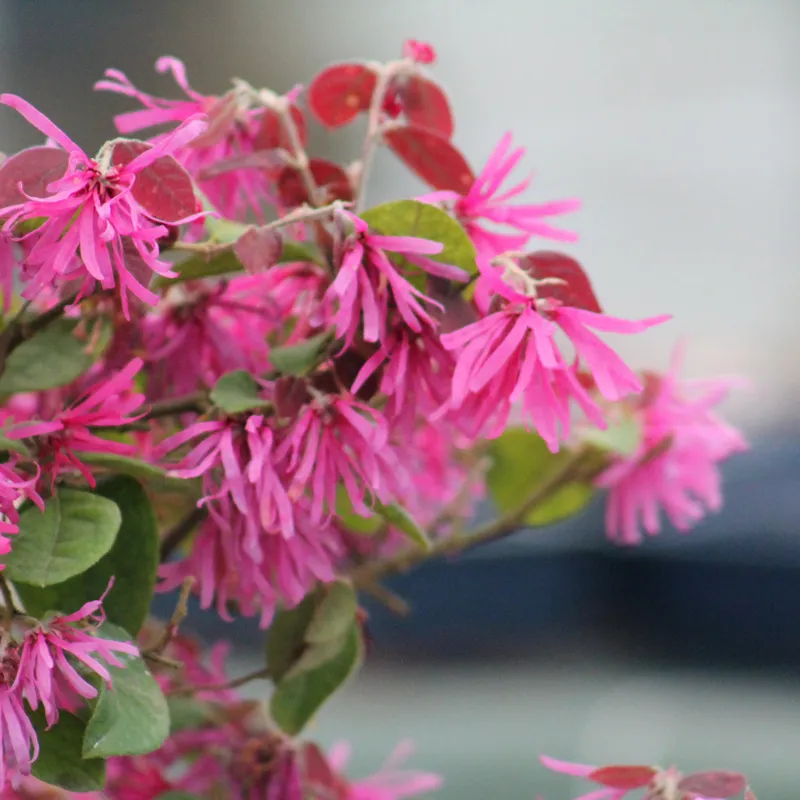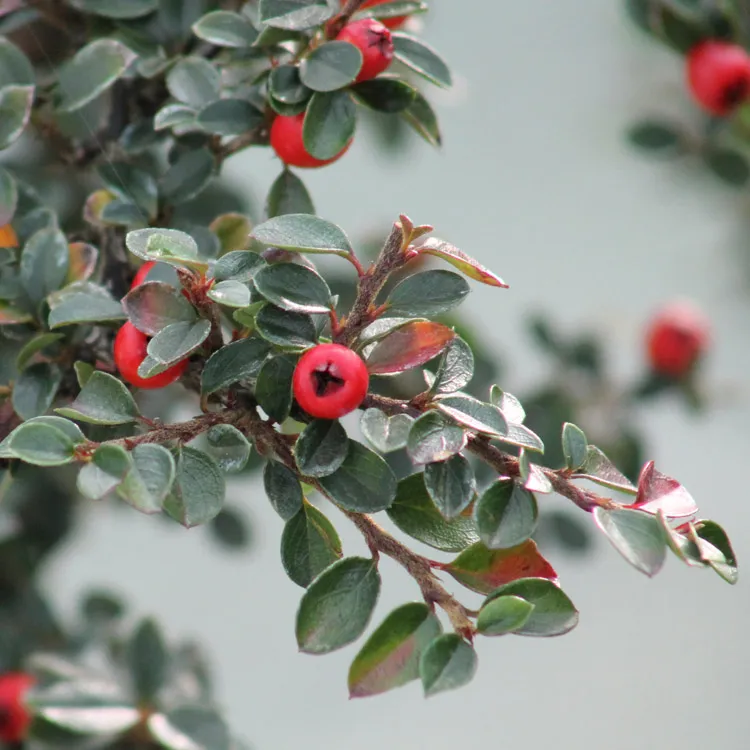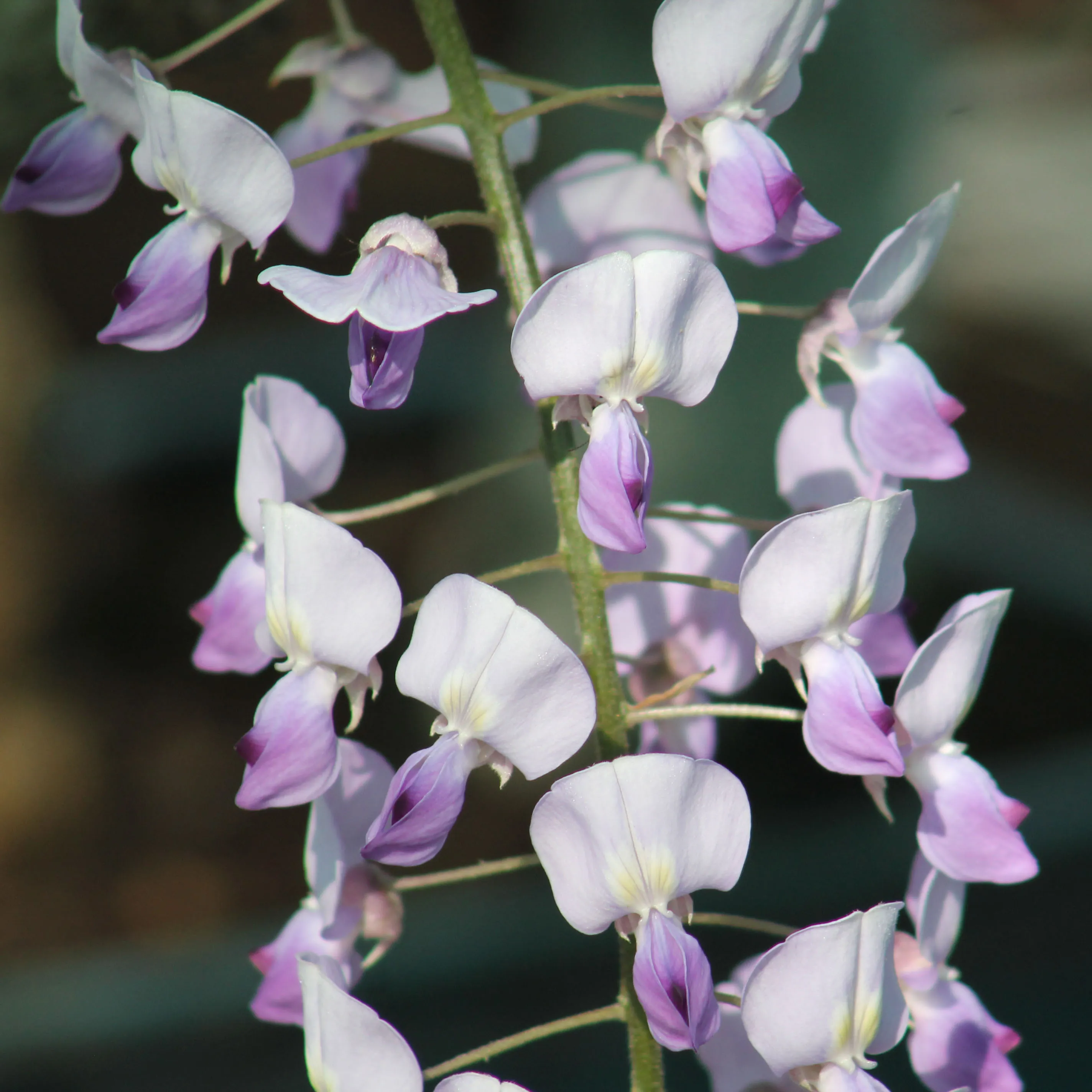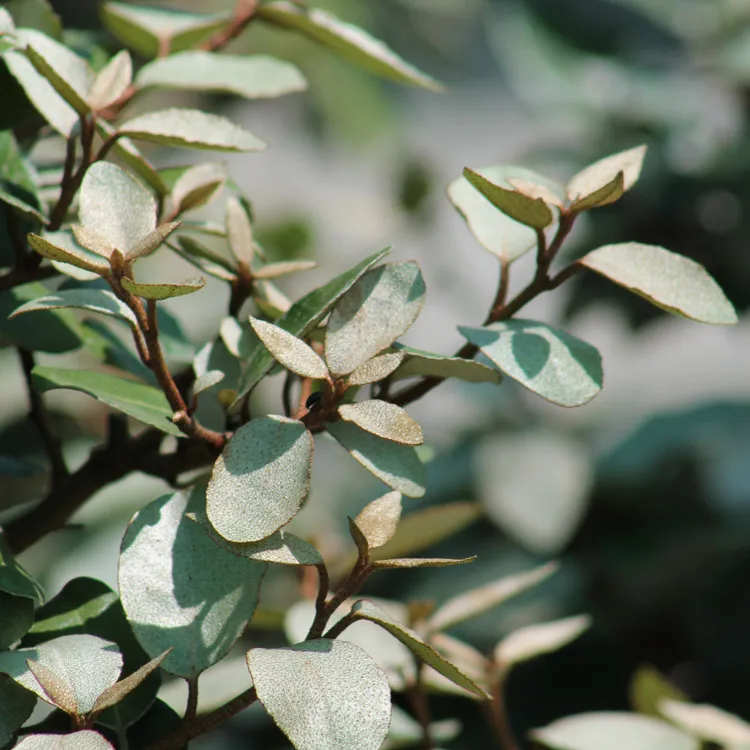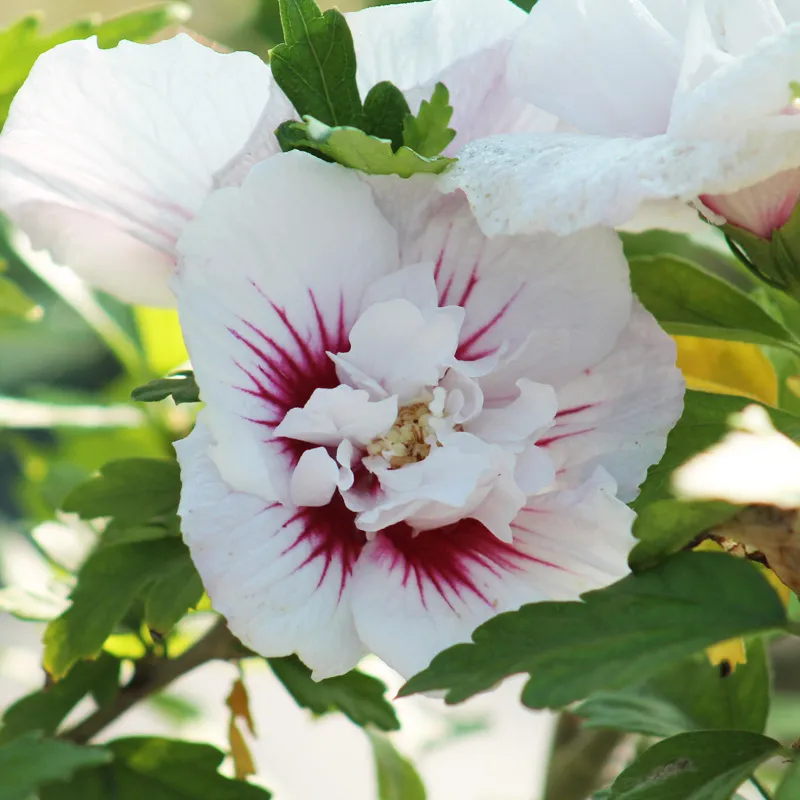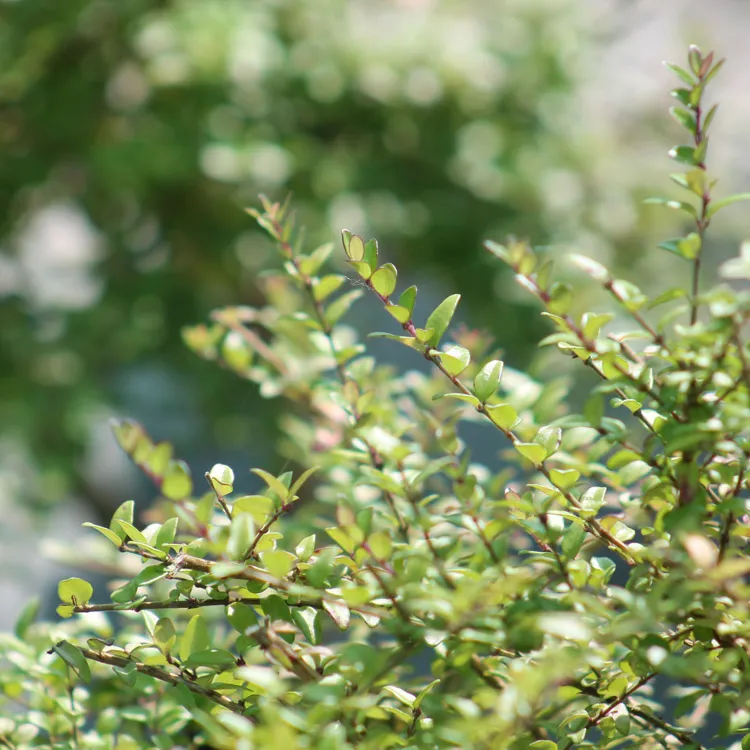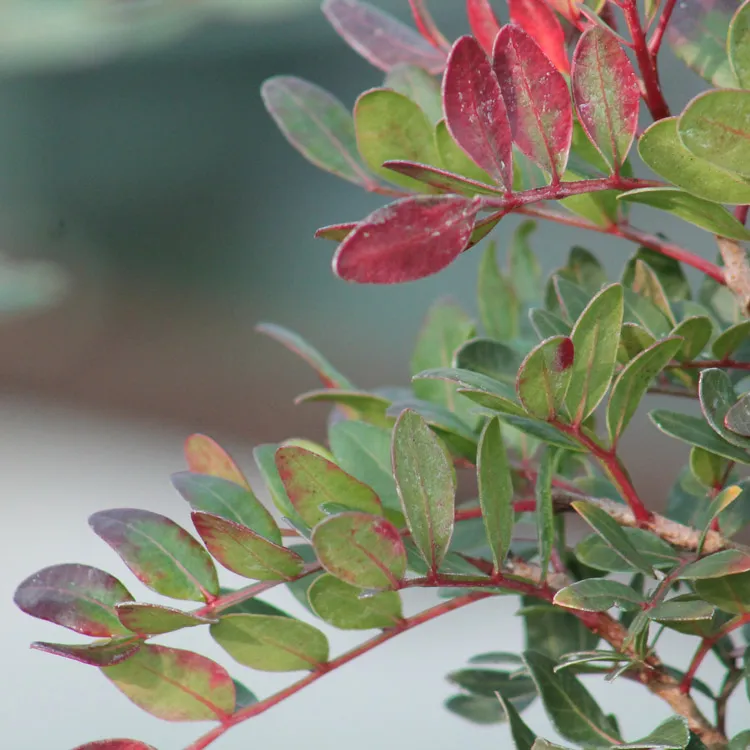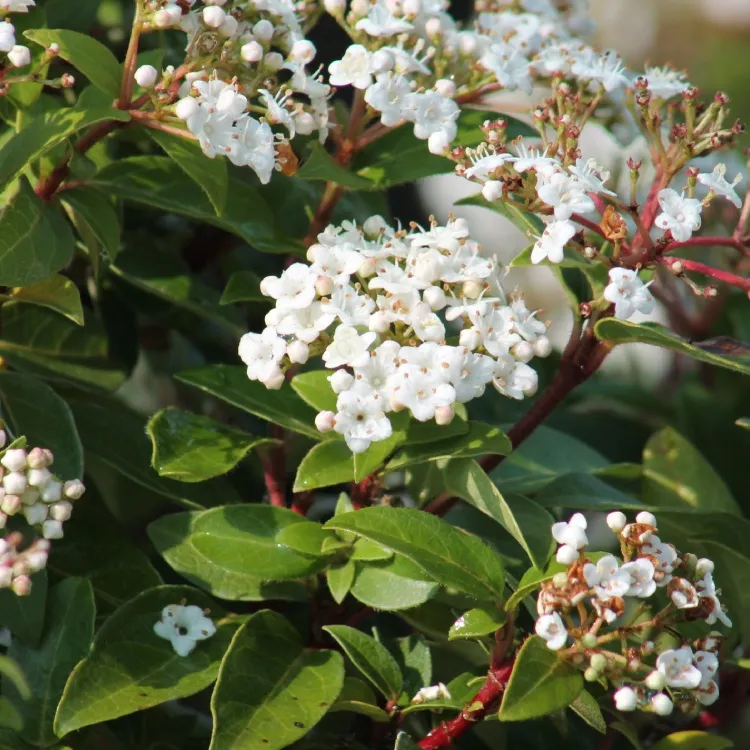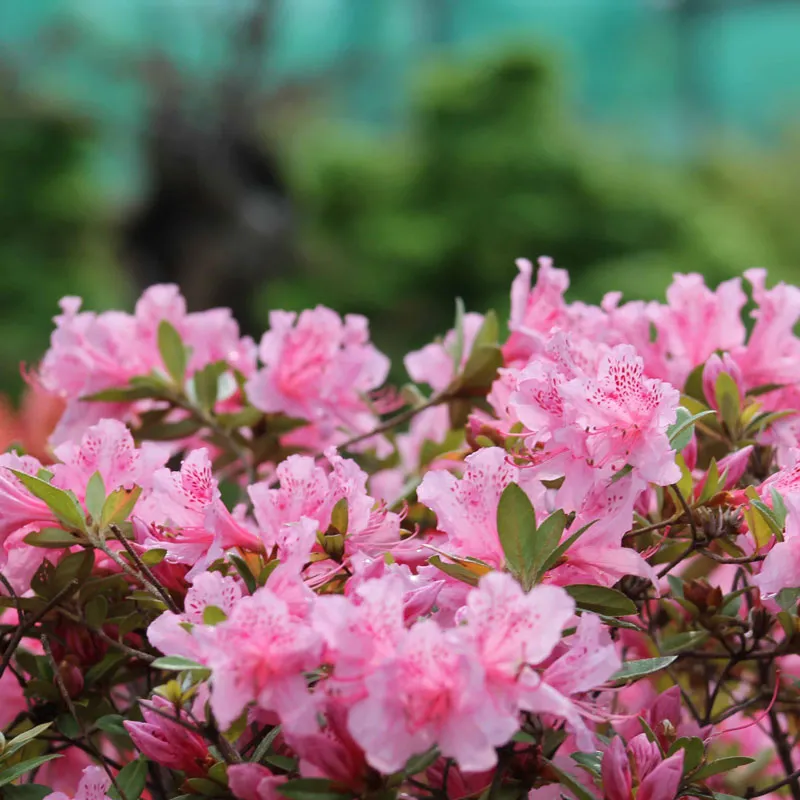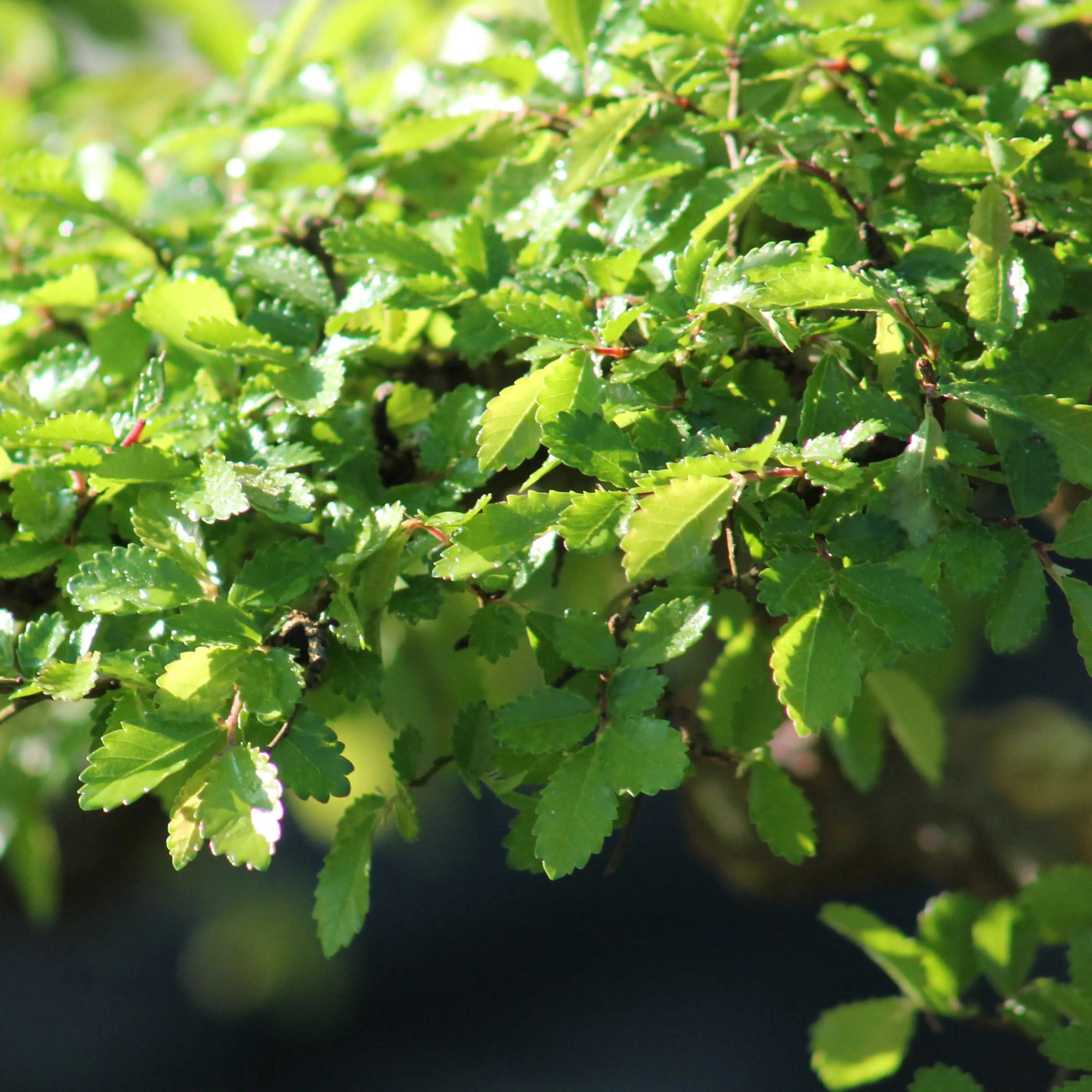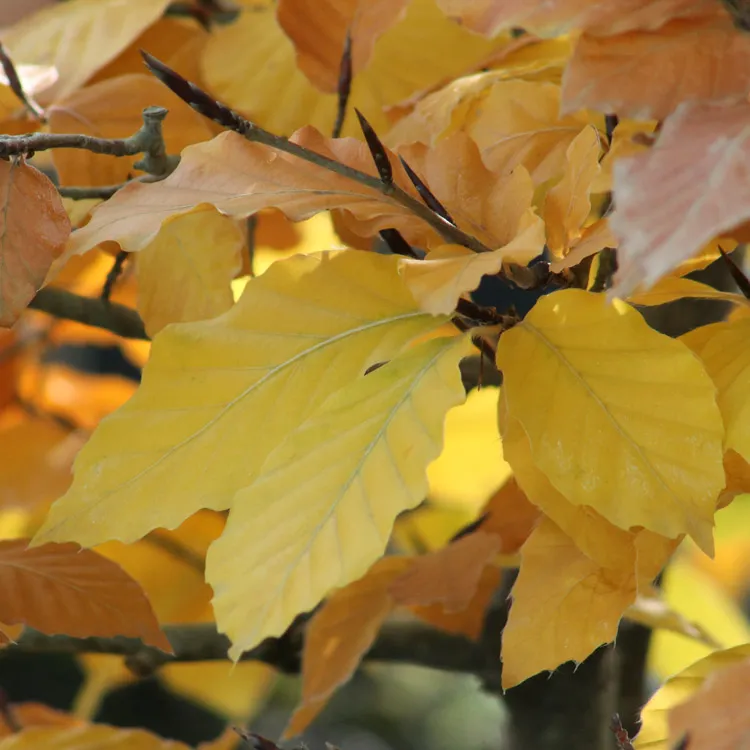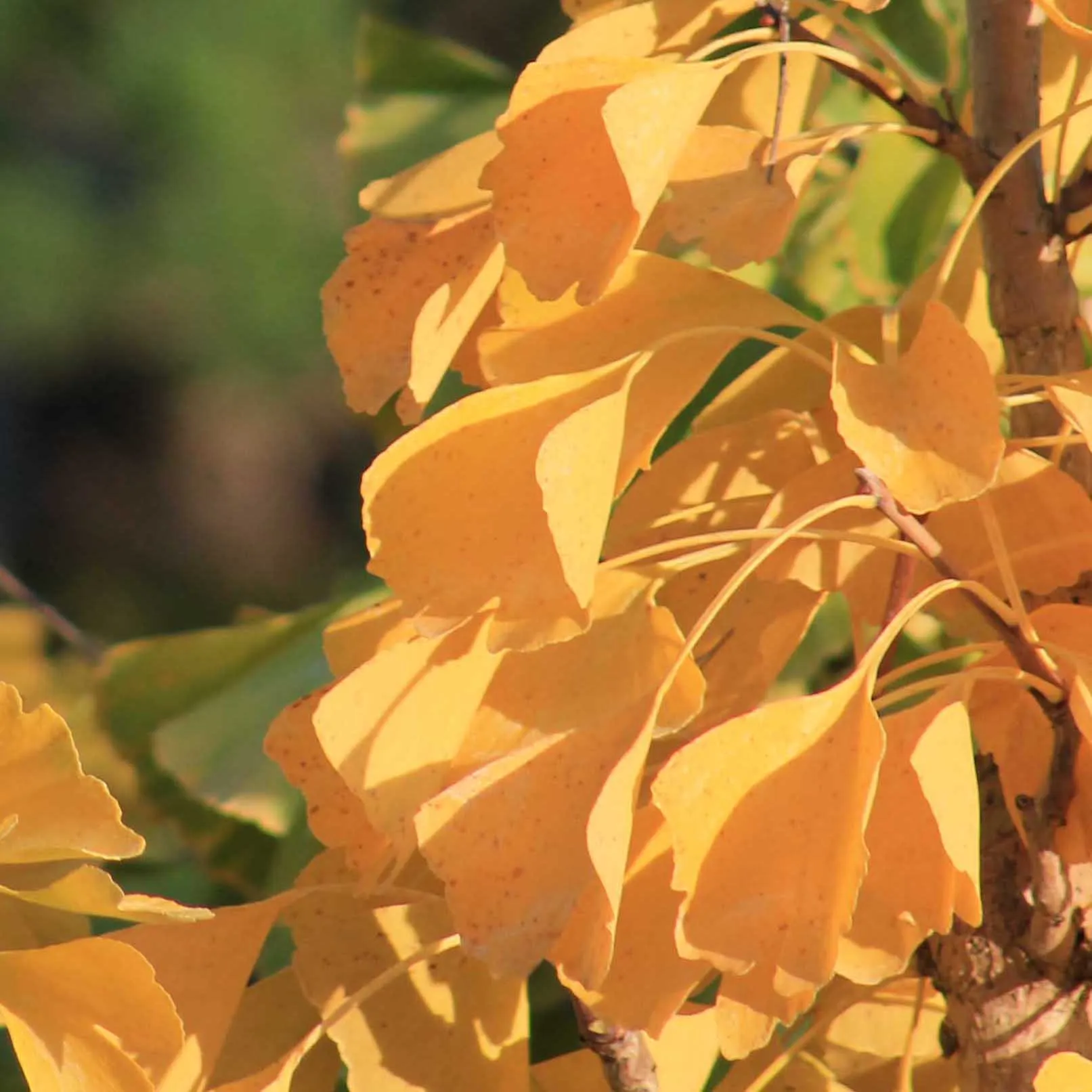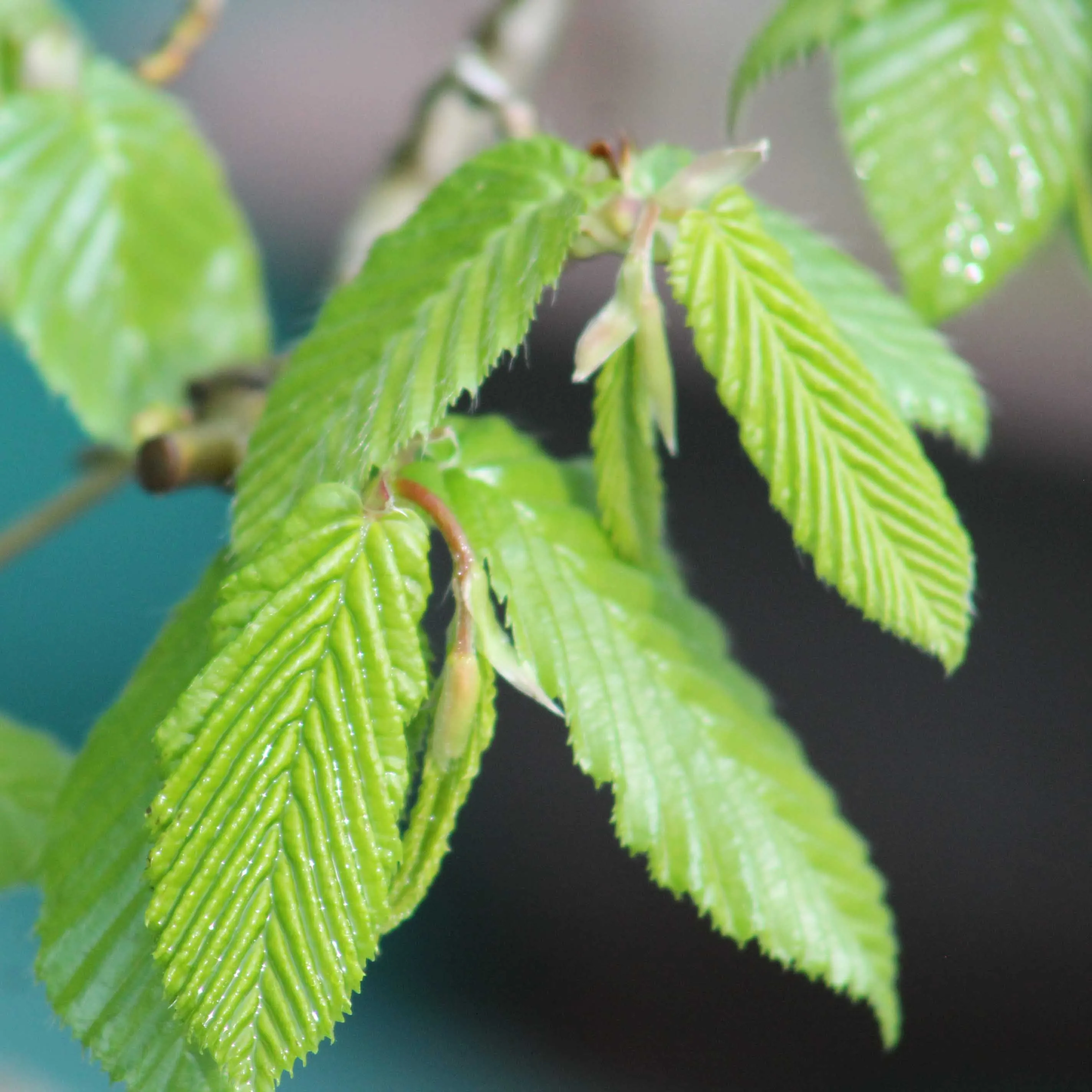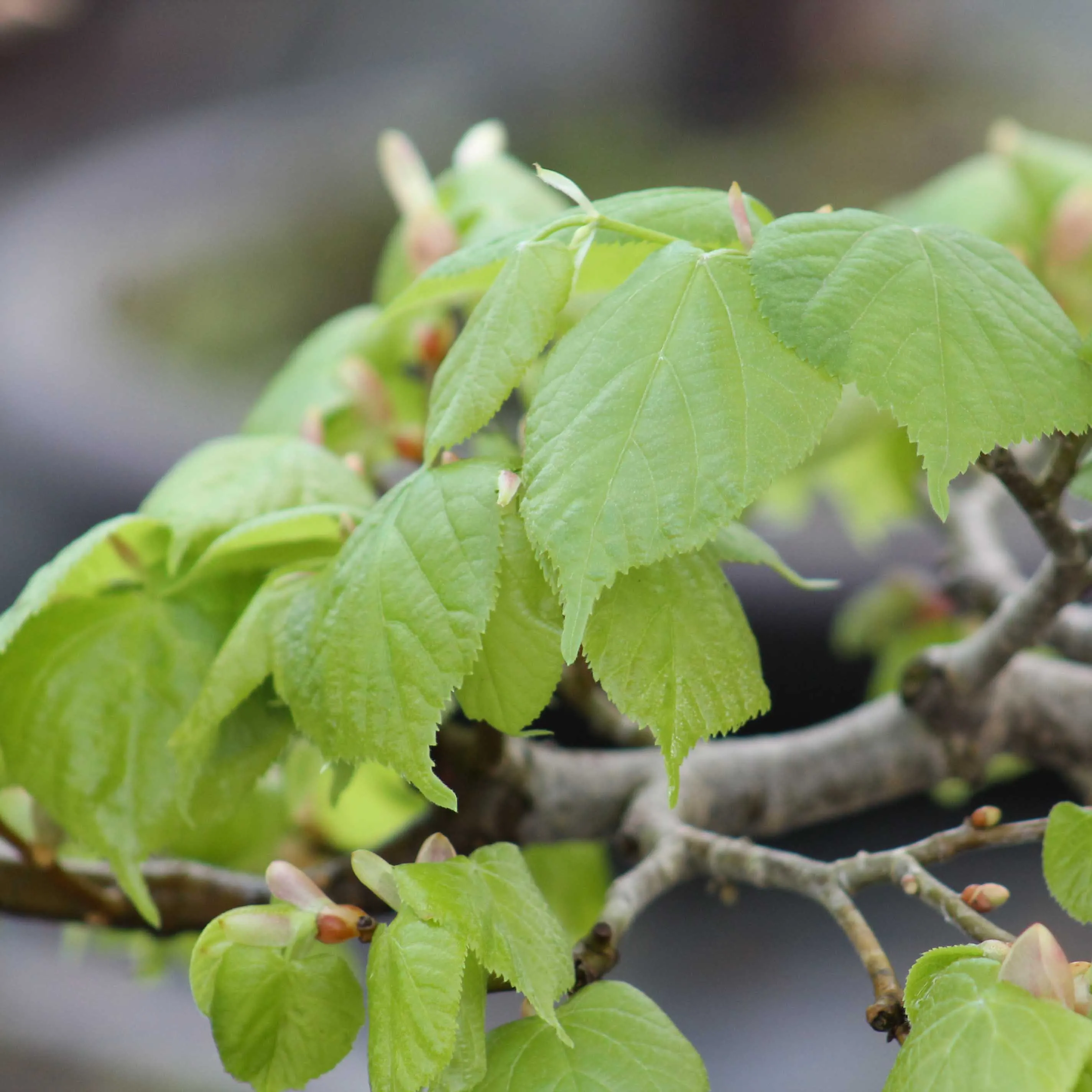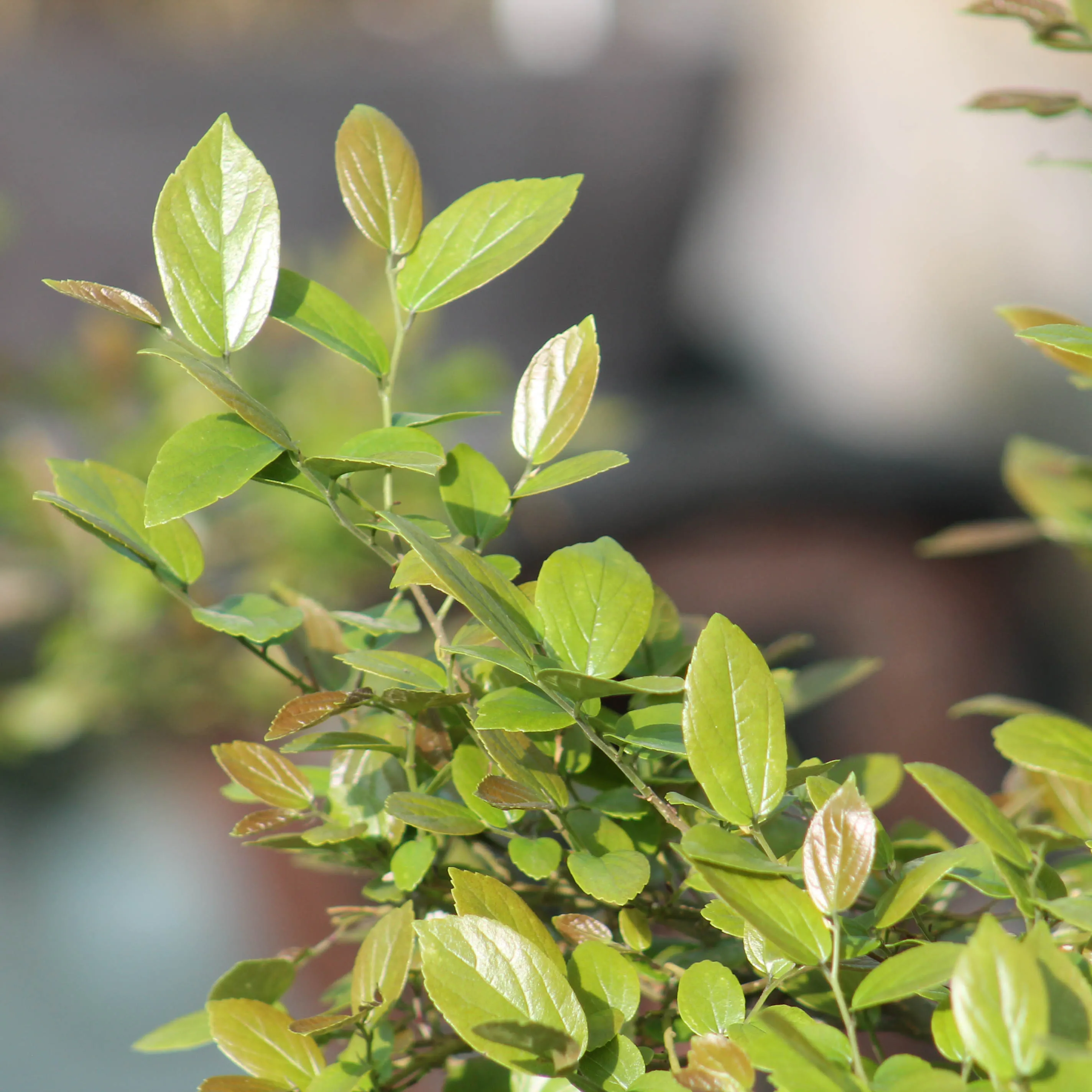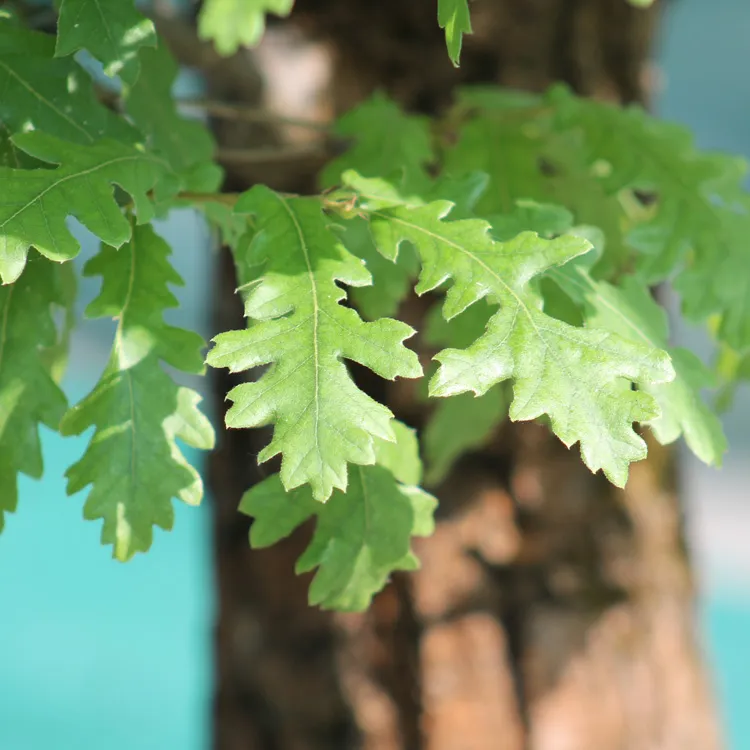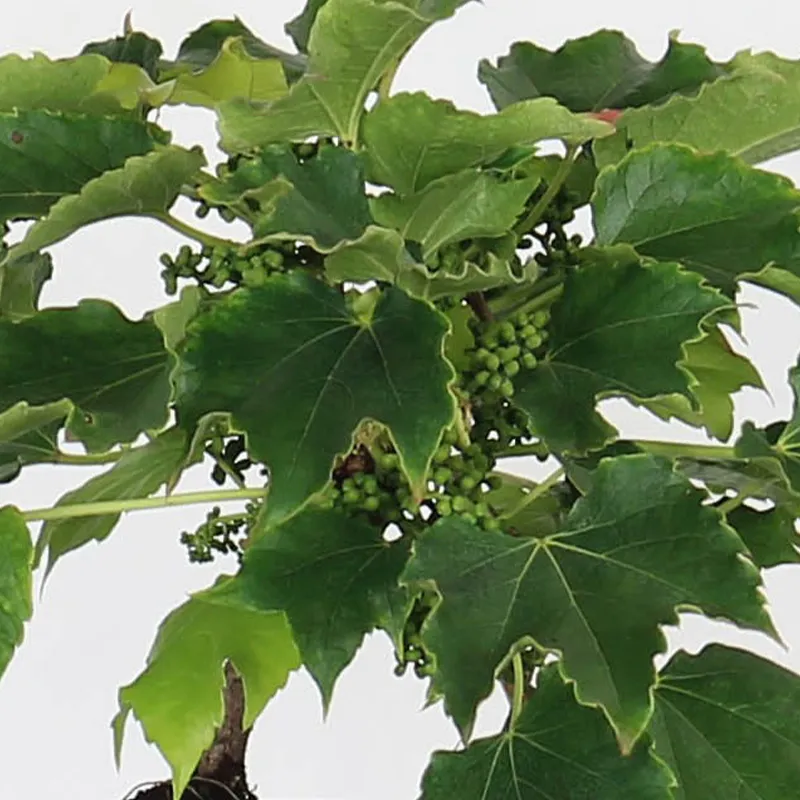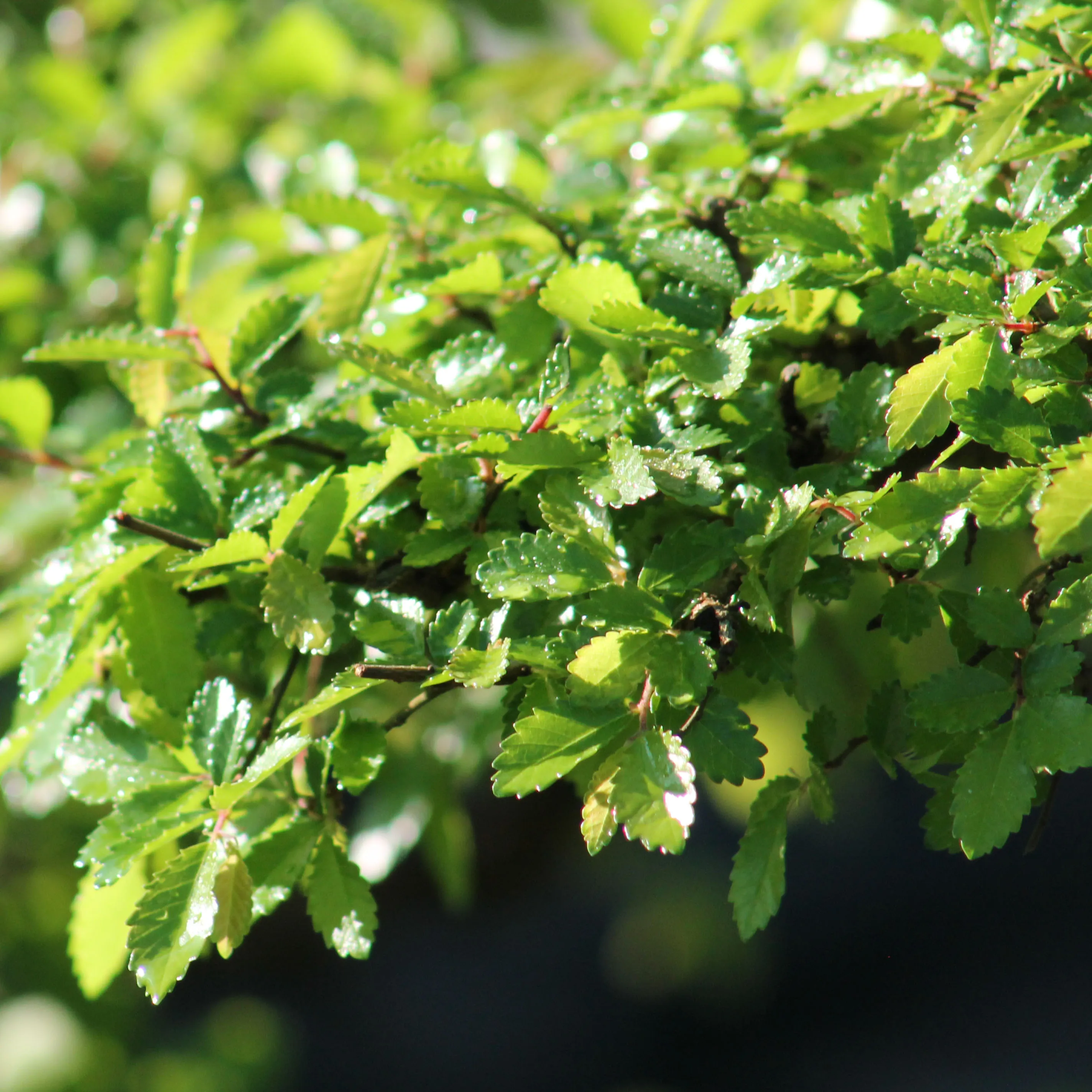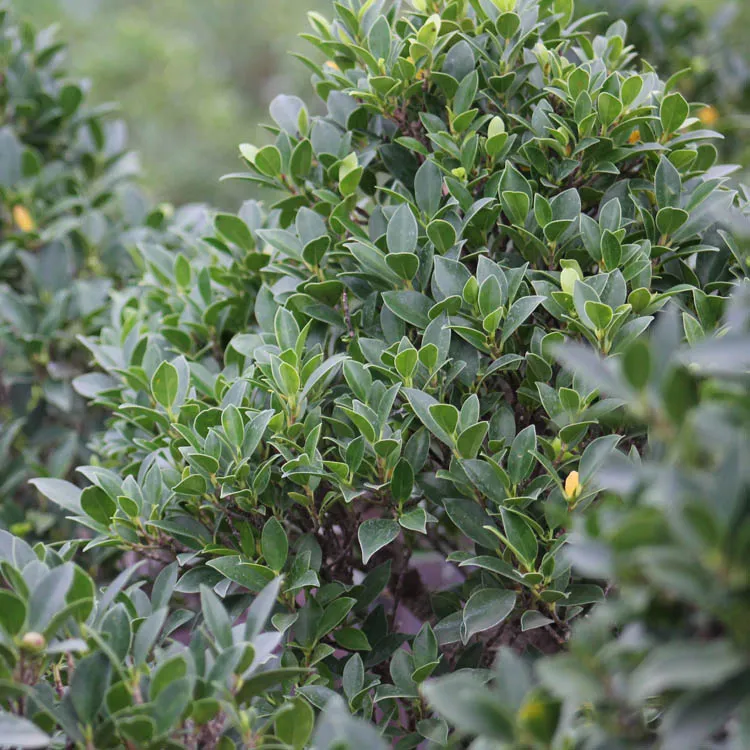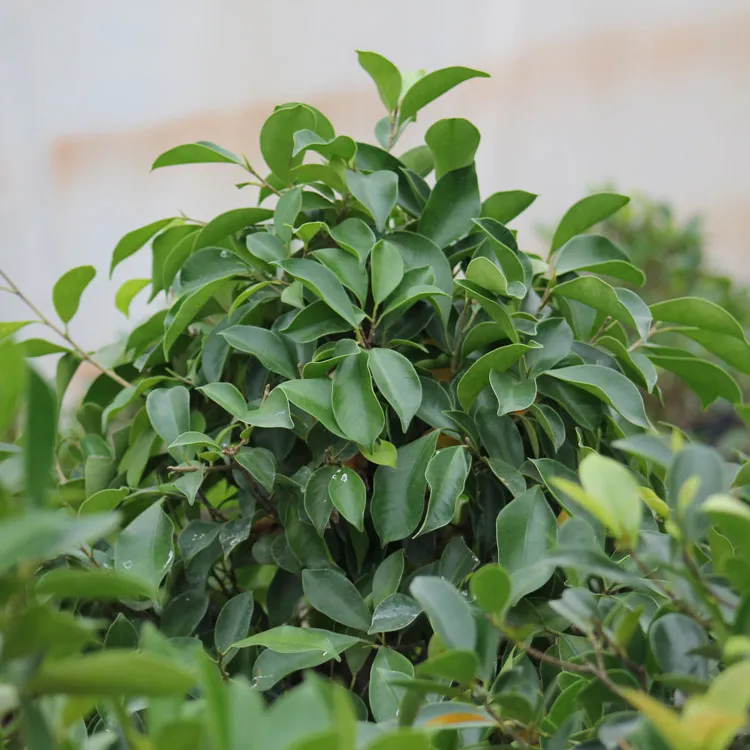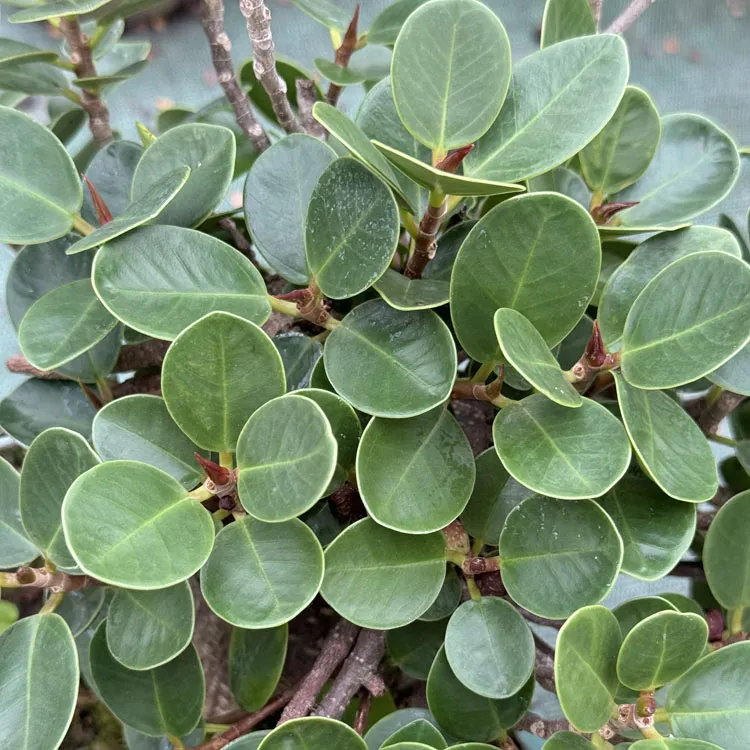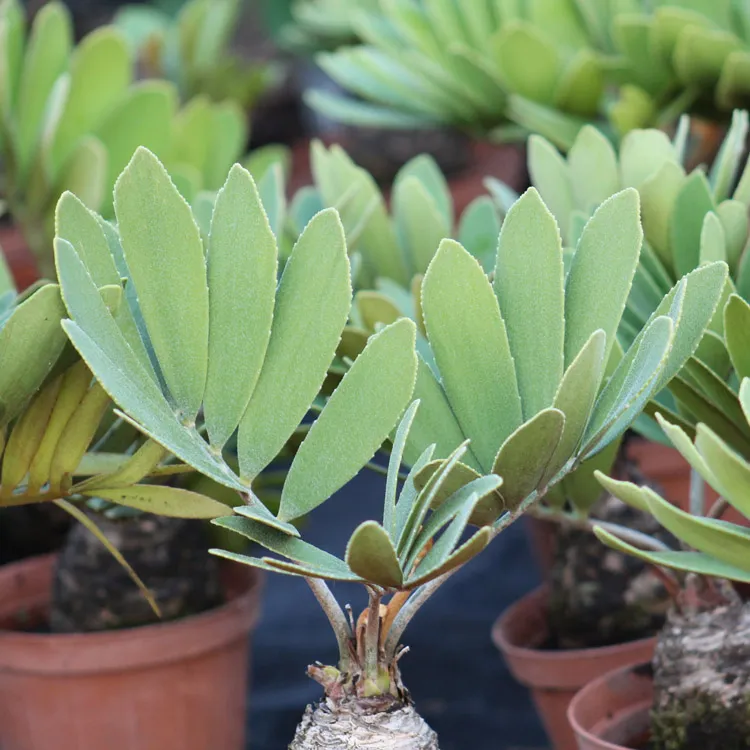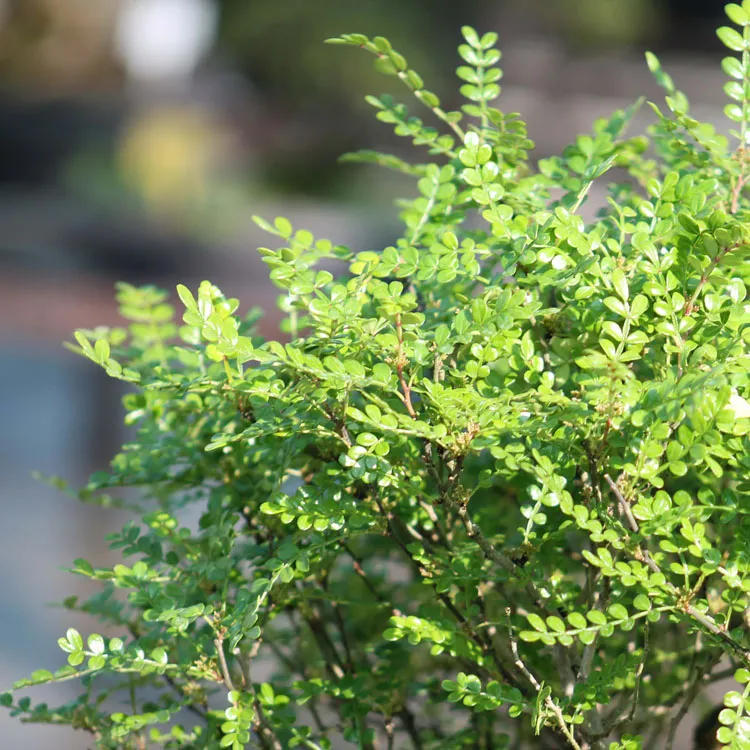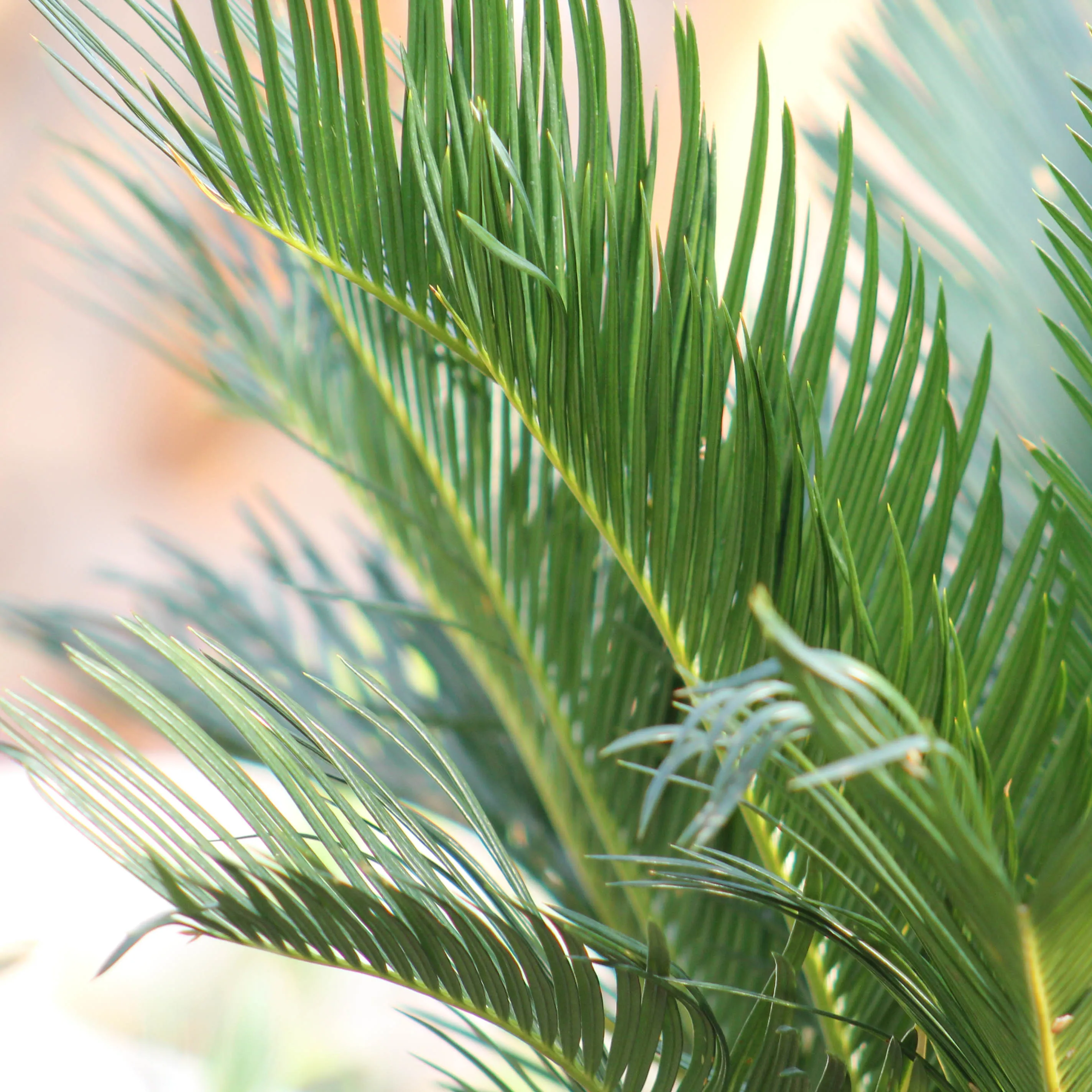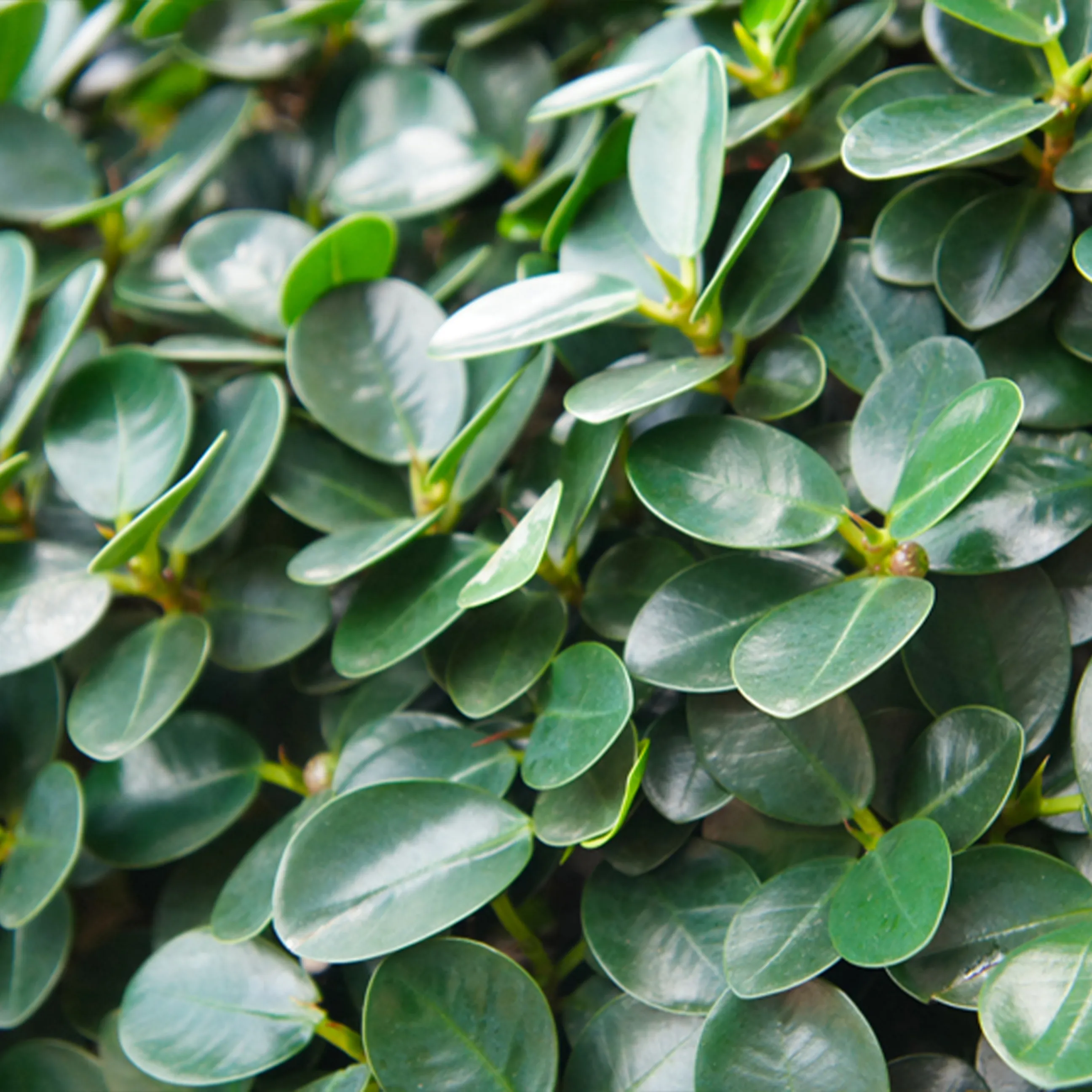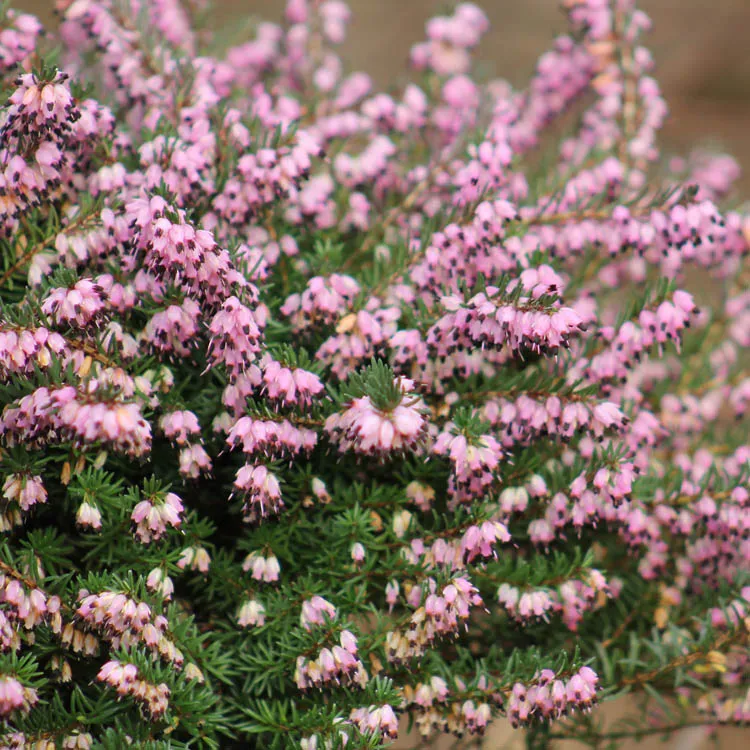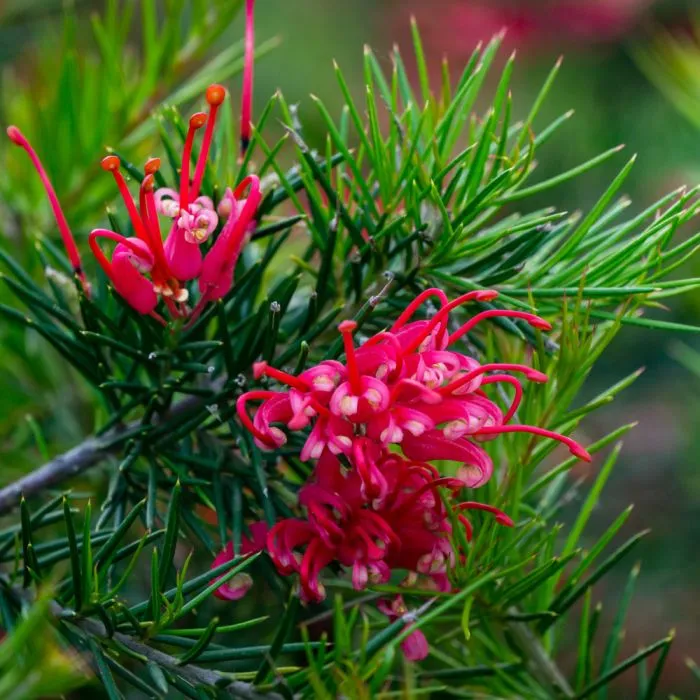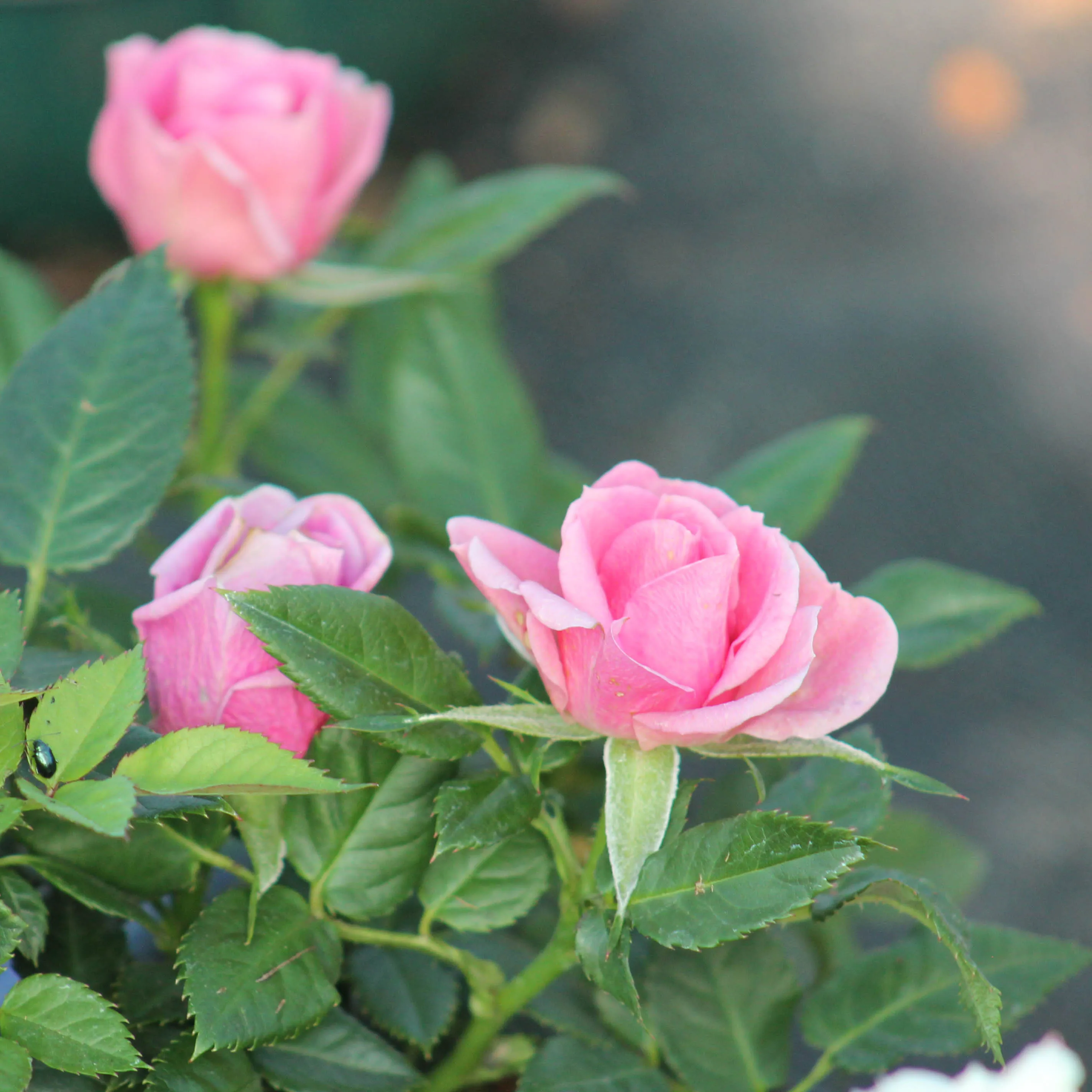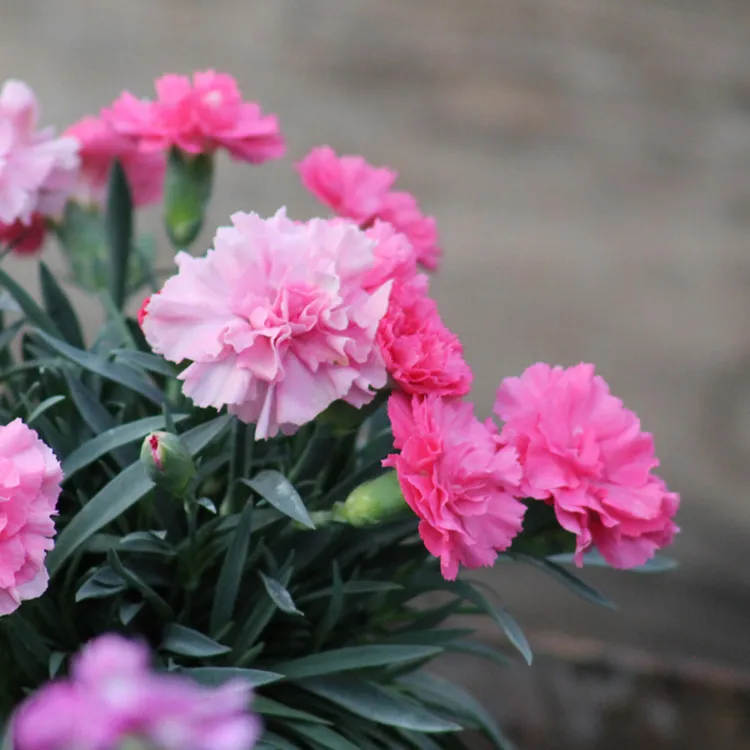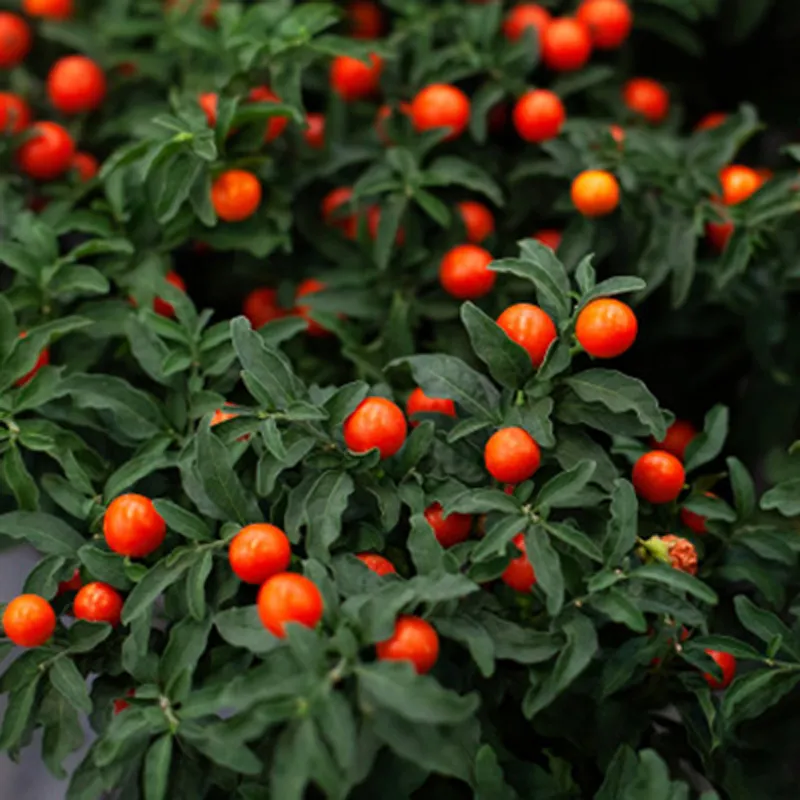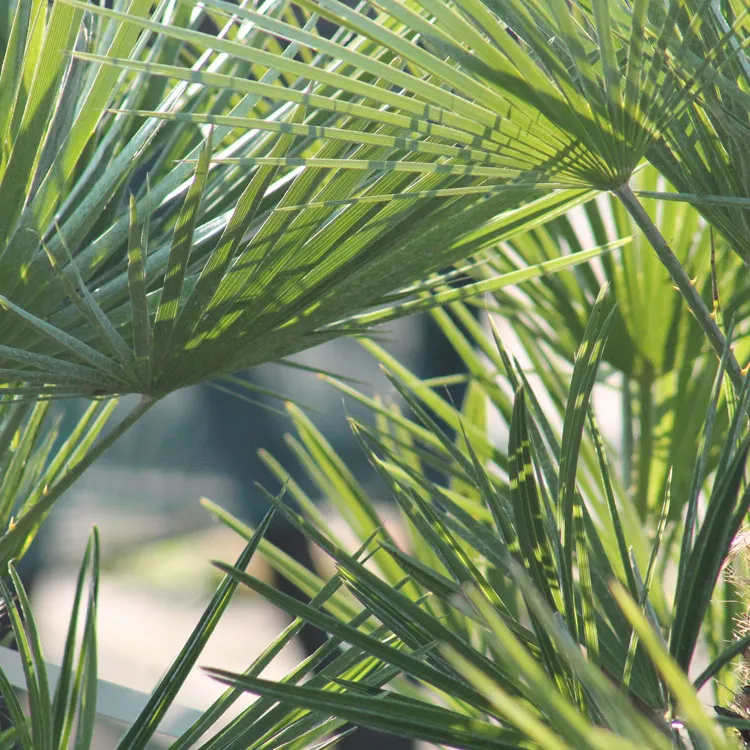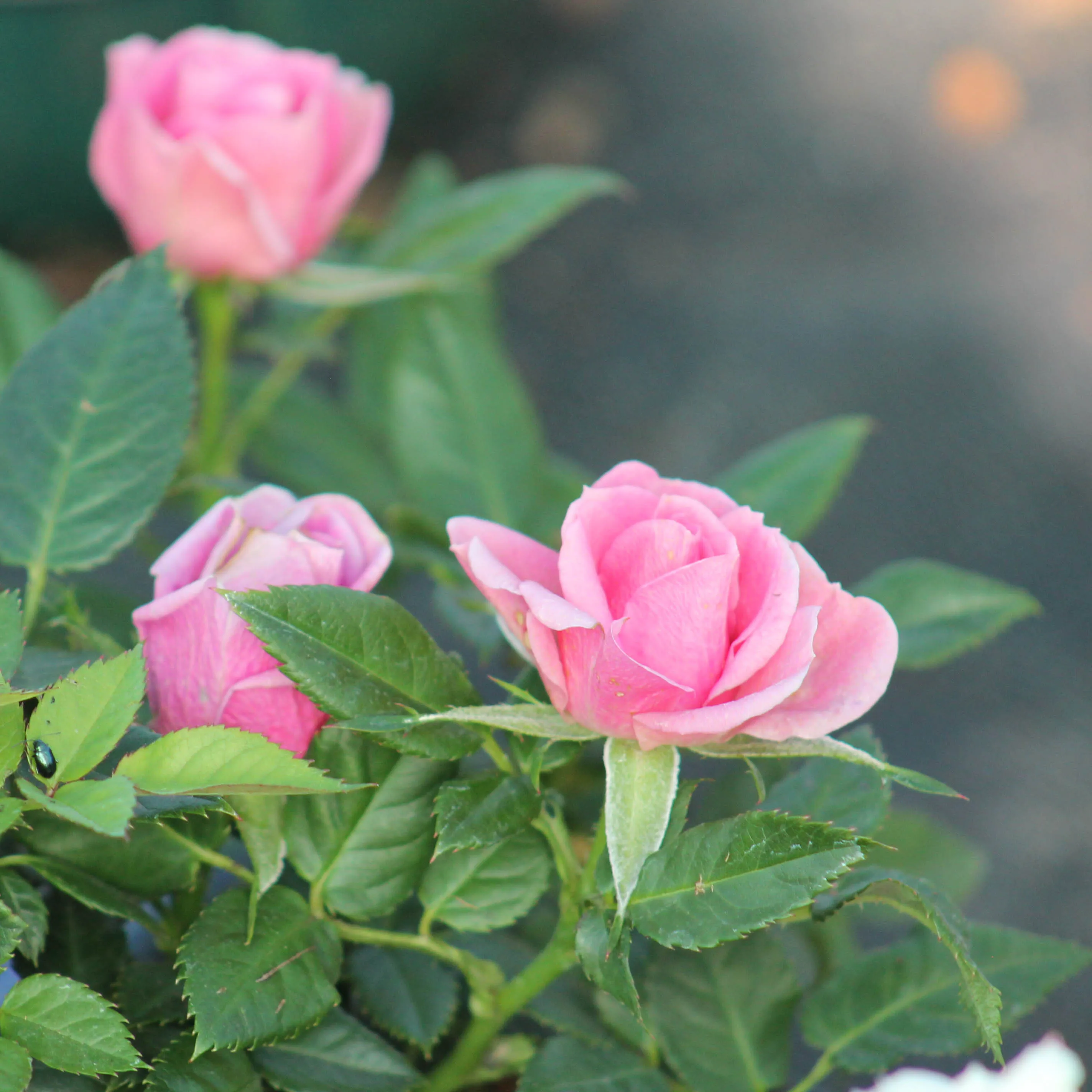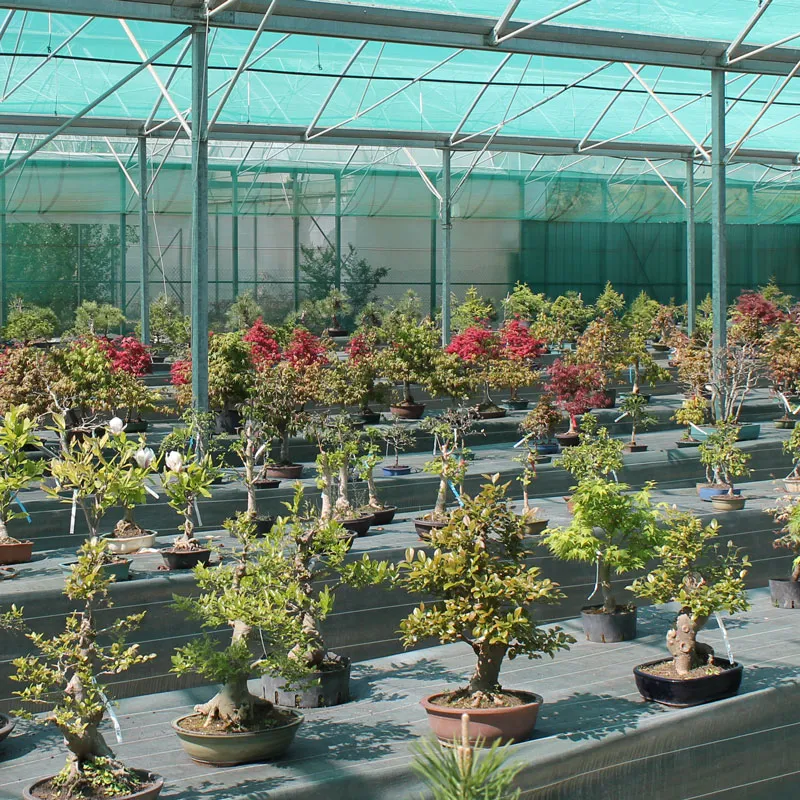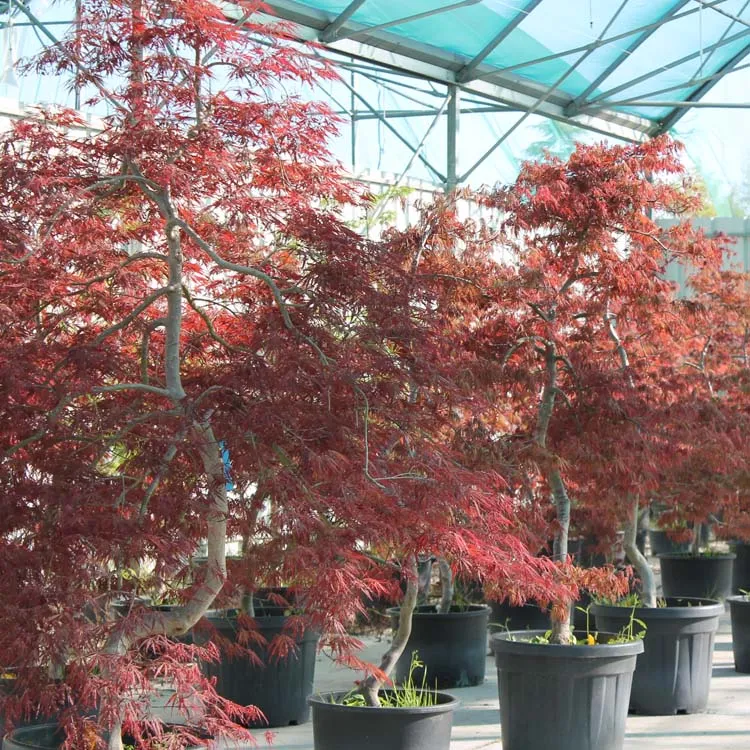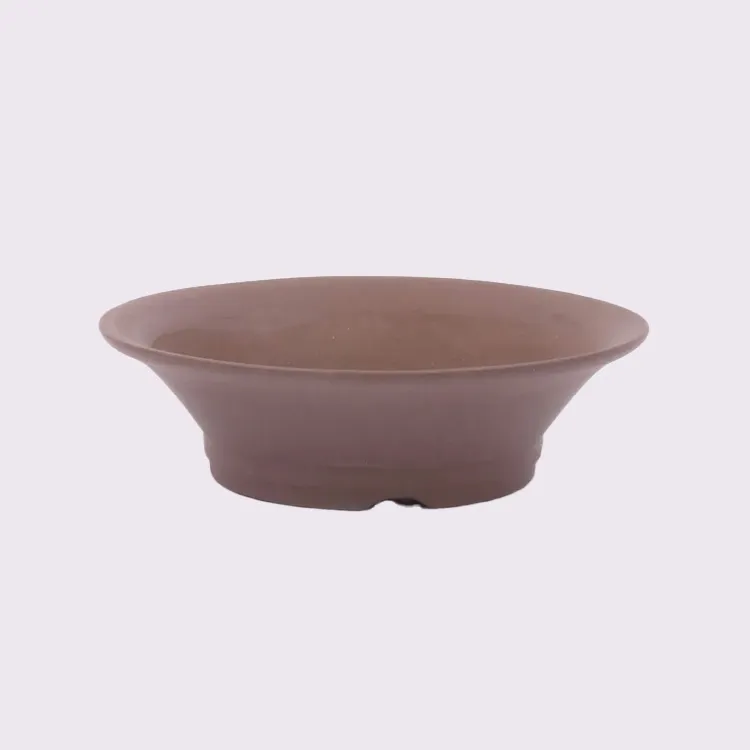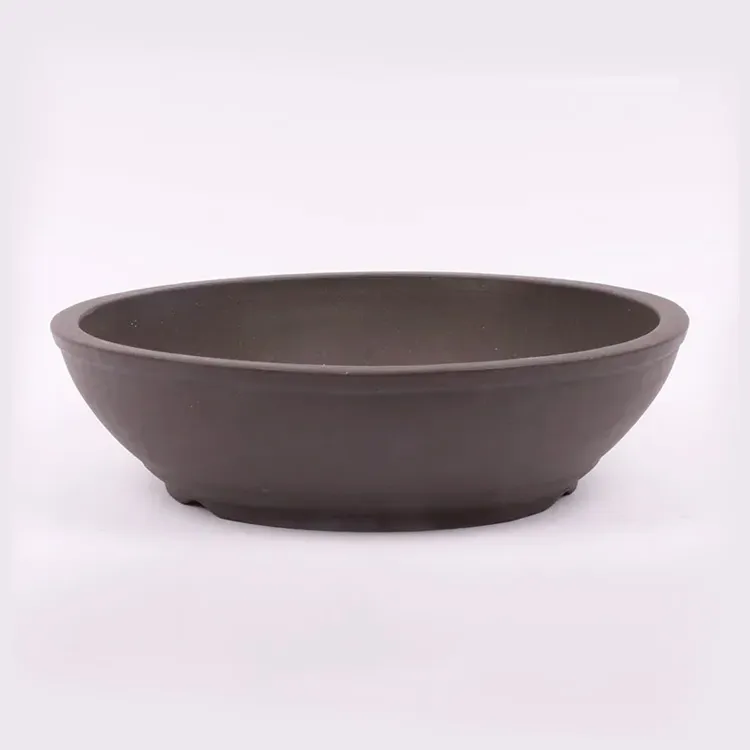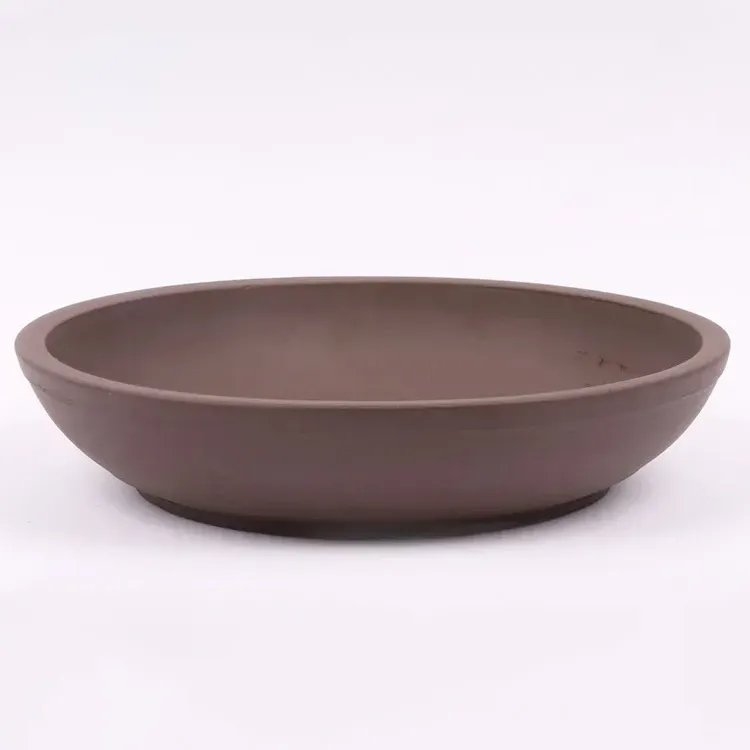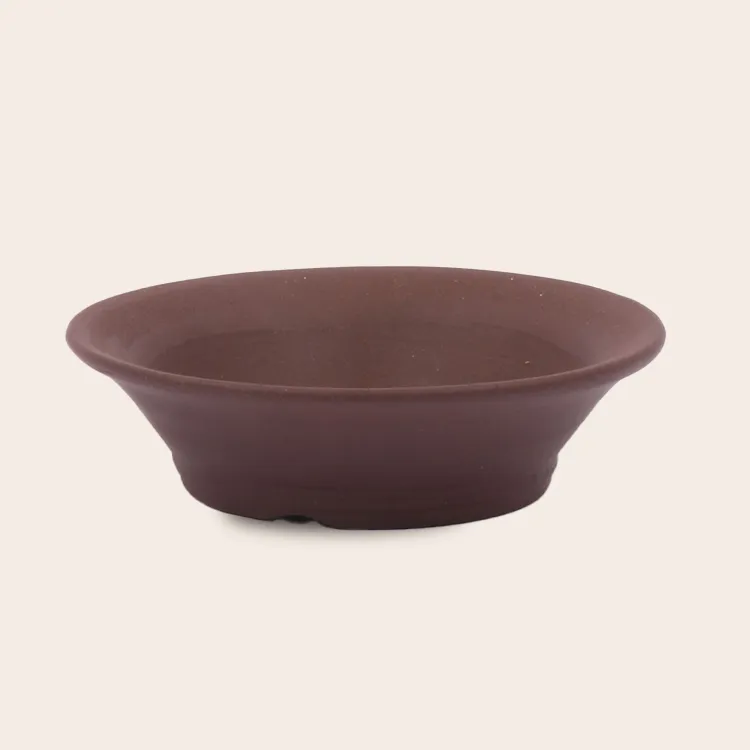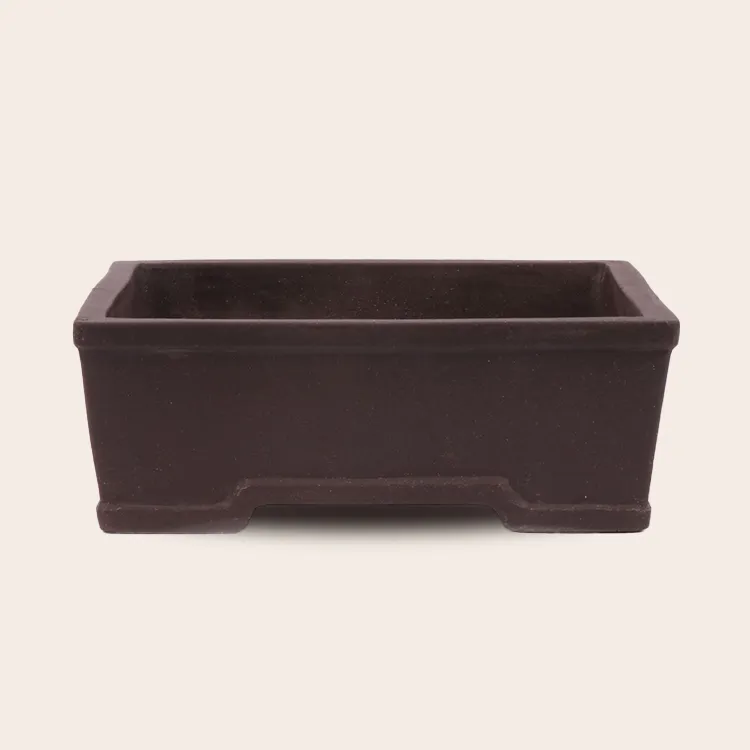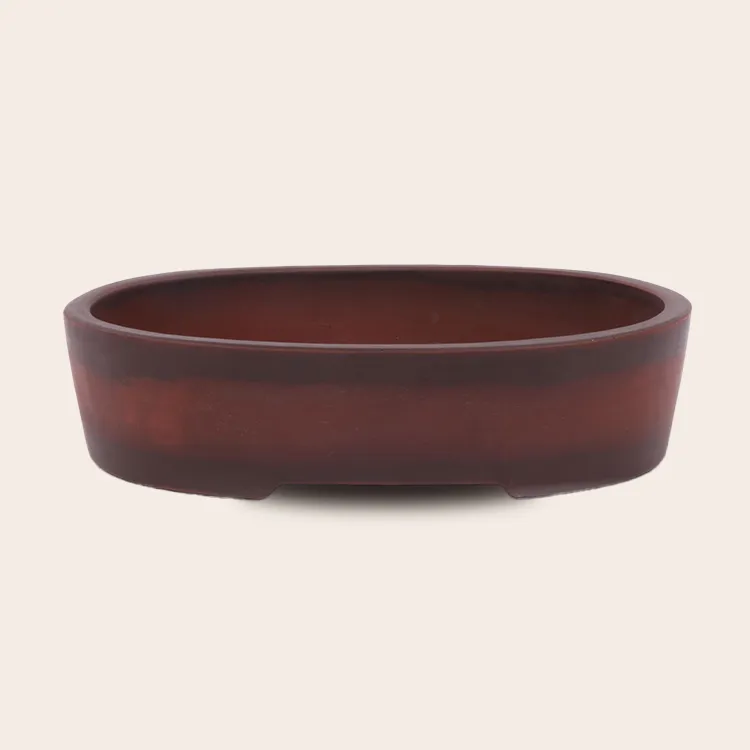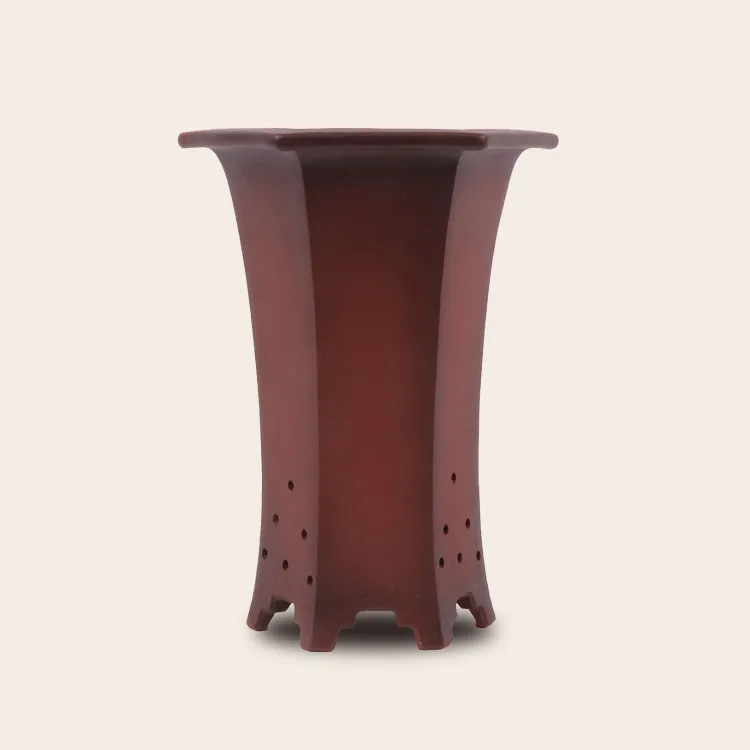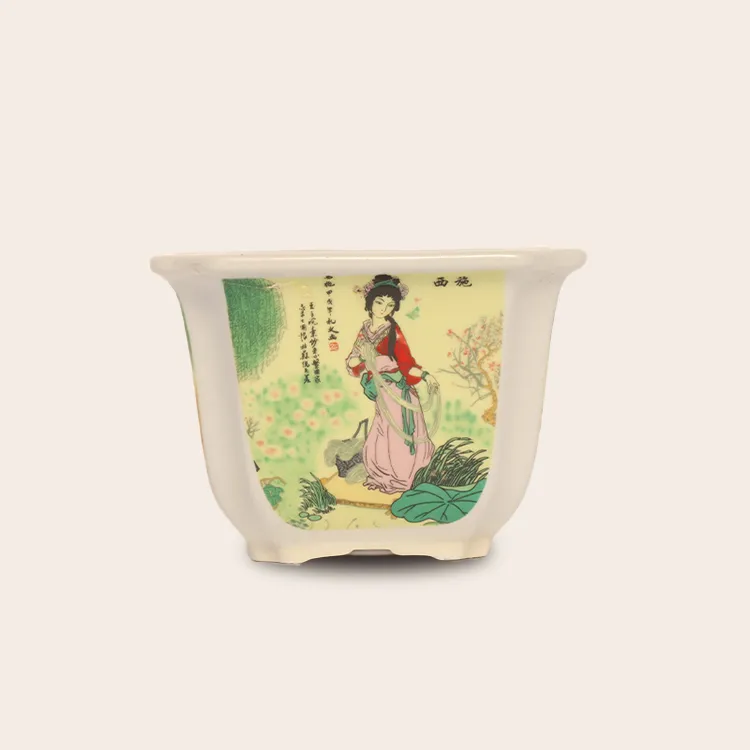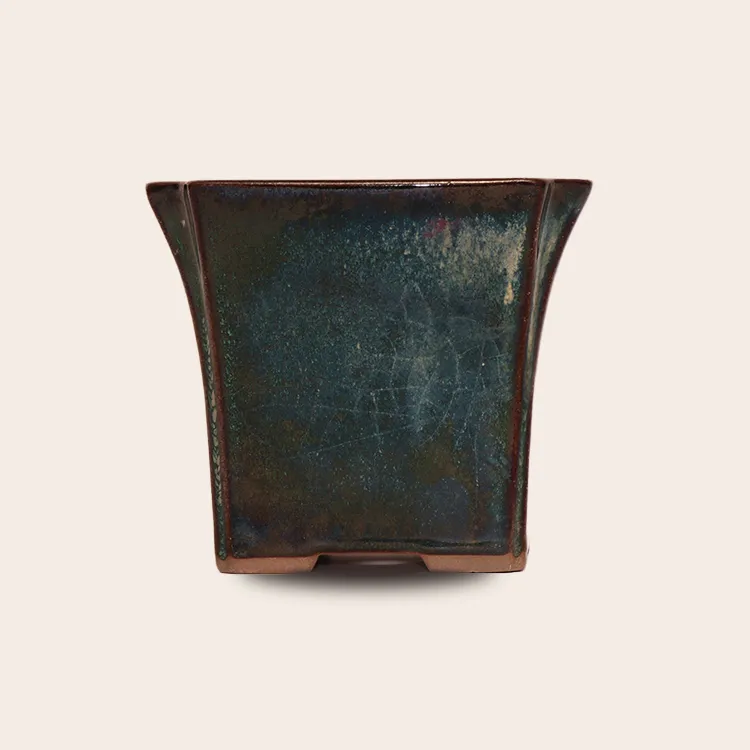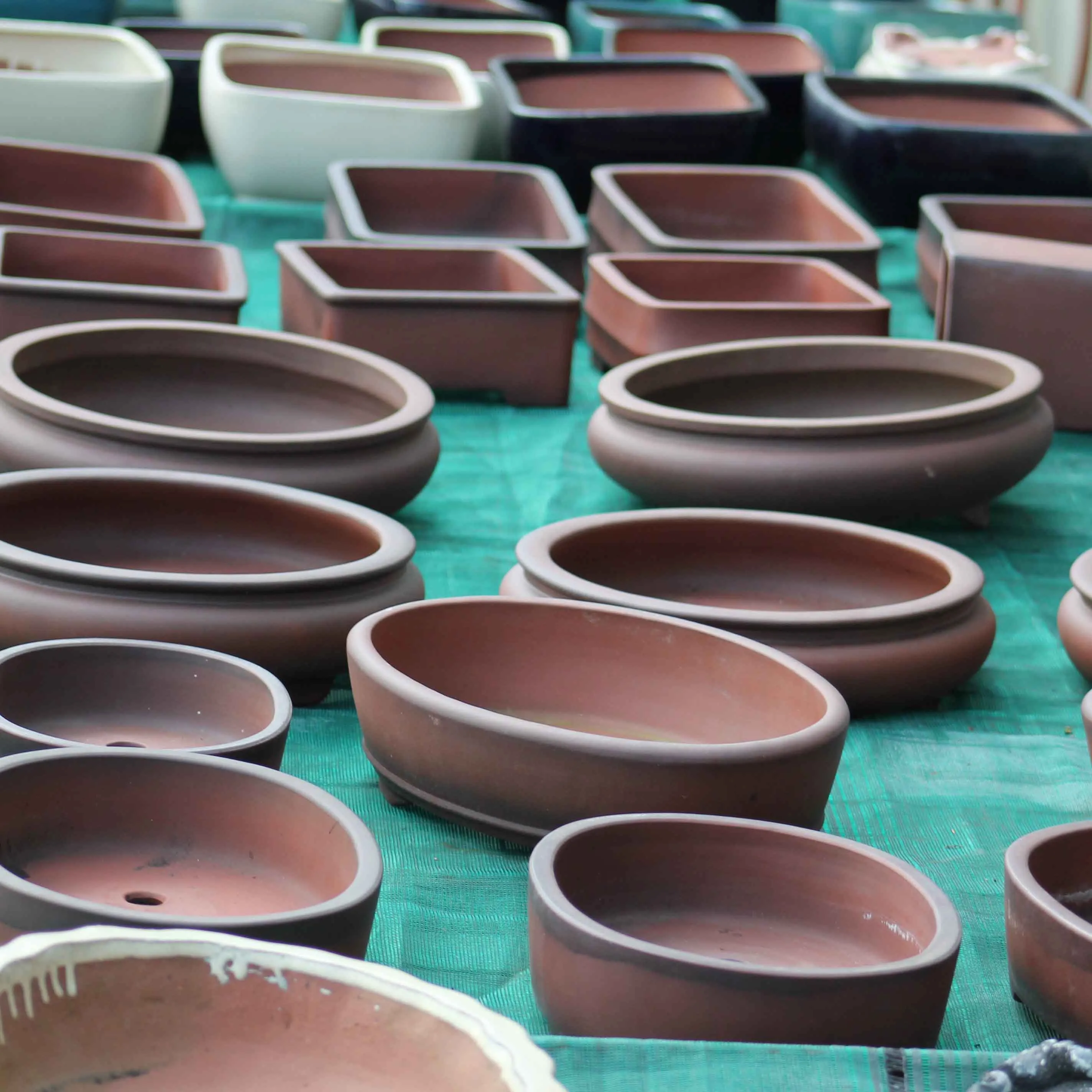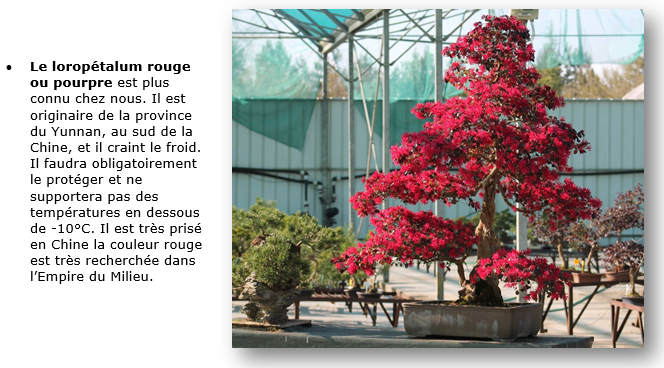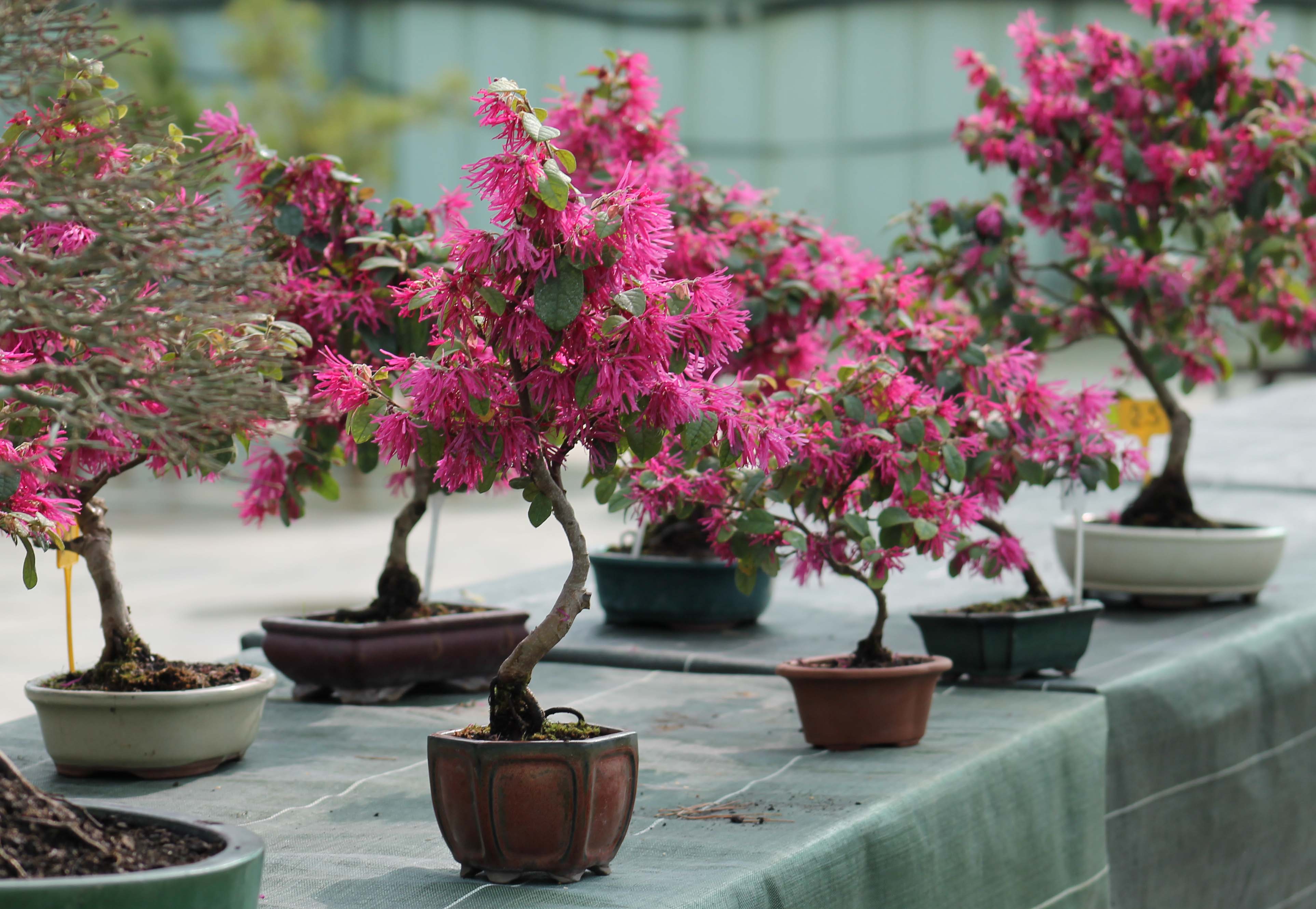Loropetalum bonsai: a little-known but spectacular tree
Loropetalum is an exceptional bonsai that we particularly appreciate at the nursery. However, it remains little-known among enthusiasts. With its evergreen foliage and spectacular flowering, it deserves a place of choice in any bonsai collection.
The different varieties of loropetalum
Originally from Central Asia, Loropetalum grows naturally in this temperate region. There are two main varieties:
- The green loropetalum, which is a true tree.
- The red loropetalum, which is more of a shrub, usually no more than a metre tall, with a trunk 5 cm in diameter.
In February-March, the red loropetalum is adorned with clusters of bright pink flowers and flowers again in August-September, making it one of the rare bonsai trees to repeat flower.
Grafting: a technique for exceptional bonsai trees
As with pines and maples, professionals often graft branches of red loropetalum onto a trunk of green loropetalum to combine robustness and aesthetics. This technique produces specimens that are more resistant to the cold. However, care must be taken to remove the shoots from the rootstock, as green loropetalum is more vigorous and can weaken the grafted part.
Contrary to popular belief, grafted bonsai can live as long as ungrafted ones. After 30 years' experience, we have not noticed any significant deterioration.
How to grow and care for a loropetalum bonsai?
Ideal location
As red loropetalum is native to Yunnan, a temperate region of China, it requires greater protection from the cold than green loropetalum. Here are our recommendations:
- In winter, grow it in a cold greenhouse as soon as the first frosts appear or, if you live in a temperate region, simply protect the roots with bubble wrap or thick mulch.
- In the event of intense cold (-10°C or more), frost protection is essential.
- Avoid indoors : this bonsai cannot withstand prolonged exposure indoors. An unheated conservatory may be a temporary alternative in winter.
- Exposure to the sun : Loropetalum needs light to develop the intense colour of its foliage. However, during heatwaves, place it in semi-shade to avoid dehydration and leaf burn.
Watering Loropetalum bonsai plants
Loropetalum likes cool, slightly damp soil. Here are a few tips on how to manage watering:
- In summer : water daily as soon as the surface of the substrate starts to dry out.
- Autumn and winter : watering can be more spaced out thanks to natural rainfall, but check the soil moisture regularly. In the absence of rain, water at least once a week.
Potting and substrate
Unlike some hardy species, loropetalum does not tolerate over-aggressive repotting. It is advisable to :
- Only cut the roots necessary to free up space in the pot.
- Do not comb or expose the roots completely.
- Add organic matter to keep the soil fresh (black peat, white peat, topsoil, horse manure, pozzolan).
- Repotting frequency :
- Every 2-3 years for young bonsai.
- Every 5 years for older plants.
- Repot according to the needs of the bonsai rather than a fixed schedule. If water is having trouble penetrating or the roots are invading the pot, this is the right time.
Fertilisation
From May to October, apply a balanced fertiliser every two months to ensure harmonious growth.
How to prune a loropetalum bonsai?
Structural pruning
After flowering, pruning is recommended to stimulate the appearance of new shoots, even on the oldest branches.
Maintenance pruning
- Prune regularly during the growing season as soon as a branch develops 4 pairs of leaves.
- Cut above the first 2 pairs of leaves.
- Remove unwanted shoots at the base of the trunk, particularly for grafted trees.
Loropetalum densifies quickly, although it does not produce very fine branching. Its new shoots are flexible and easy to tie, while the older wood is hard and brittle. To cut an old branch, use good quality, sharp pliers.
Discover our loropetalum bonsai for sale
Want to add a loropetalum to your collection? Discover our exclusive selection of loropetalum bonsais, grown for over 30 years at the nursery!


 Production of French Bonsai
Production of French Bonsai
